Anxiety is a prevalent issue faced by millions of people worldwide. It can manifest in various ways and be triggered by numerous factors. As our lives become increasingly demanding and stressful, it’s essential to find effective ways to manage our anxiety and keep it at bay. One of the most soothing and accessible methods of relieving anxiety is through the simple act of taking a bath. In this comprehensive guide, we'll explore various anxiety relief bathing routines that can help you unwind and destress after a long day.
Why is Bath Relaxation Beneficial for Anxiety Relief?
Bathing is not just a hygiene practice; it's also a time of relaxation and quiet contemplation. Submerging your body in warm water can be incredibly soothing, especially if you have sore muscles or joint pain. The sensation of being enveloped by water can transport you to a peaceful state of mind. Additionally, bathing can be a form of meditation, allowing you to refocus your thoughts and let go of any lingering worries.
Different techniques can enhance your bathing experience, turning it into a dedicated time for anxiety relief and relaxation. By incorporating specific routines and products, you can create a tranquil, spa-like experience right in the comfort of your own bathroom.
Setting the Scene for Your Anxiety Relief Bath Routine
The atmosphere you create around your bathing routine plays a crucial role in providing an anxiety-relieving experience. Here are some tips to set the scene for your ultimate bath relaxation:
1. Ensure Privacy
A bath should be a time of solitude and self-reflection. Ensure your bathroom door is locked to prevent any interruptions and create a personal space conducive to rejuvenation.
2. Adjust the Lighting
Soft lighting is essential in creating a calming atmosphere. Consider using dimmed lights or candles to create ambient lighting and ease the intensity of your environment.
3. Aromatherapy
Utilize scented candles or essential oils with calming scents like lavender or eucalyptus to induce a sense of peace. Inhaling these soothing scents can help to relax both your body and mind.
4. Temperature Control
As you fill your tub with warm water, aim for a temperature between 92°F and 100°F. This range is typically ideal for promoting relaxation without becoming uncomfortably hot.
Crafting the Perfect Bathing Routine for Anxiety Relief
Once you've set the scene for your bath relaxation experience, it's time to craft the perfect bathing routine tailored to your specific needs. Here are a few techniques and products that can enhance your anxiety relief bathing routine:
1. Choose the Right Bath Products
Investing in high-quality bath products can make a significant difference in your overall bathing experience. Some popular options include bath salts, bath bombs, and bubble baths. Opt for ingredients that are known to promote relaxation, such as lavender, chamomile, and magnesium-rich Epsom salts. These ingredients not only smell divine, but they also boast various therapeutic benefits, like muscle relaxation and improved sleep quality.
2. Incorporate Mindfulness Techniques
Mindfulness and meditation can be powerful tools for anxiety relief. Combine them with your bathing routine to create a truly transformative experience. Some mindfulness techniques to practice during your bath include focusing on your breath, observing the sensations of the warm water on your skin, and letting go of any negative or intrusive thoughts. For more tips, check out our article on using bath time for mindfulness practices.
3. Enhance Your Comfort with Bath Accessories
Maximize your level of enjoyment and relaxation with the help of luxurious bath accessories. A bath pillow can provide the essential neck and head support required for ultimate relaxation. Likewise, a bath cushion can ensure that your body is properly supported, preventing any discomfort caused by hard bathtub surfaces.
4. Add Relaxing Music or Sounds
Soft, soothing music or nature sounds can enhance your relaxation experience by creating a calming atmosphere. Consider creating a dedicated bath relaxation playlist or using a white noise machine to immerse yourself in the soothing sounds of rainfall, ocean waves, or a gentle breeze.
5. Engage in Gentle Self-Massage
While submerged in your warm bath, gently massage your muscles, focusing on areas of tension or soreness. Use your hands or a massaging bath tool to apply pressure using slow, rhythmic motions, targeting areas like your neck, shoulders, and calves.
After the Bath: Continuing the Relaxation
After your bath, prolong your relaxation by following up with post-bath care:
1. Hydrate and Moisturize
Rehydrate and nourish your skin by applying your favorite body lotion or oil. Opt for products with calming scents that complement your bath products to continue reaping the aromatherapy benefits.
2. Don a Cozy Robe or Pajamas
After your bath, slip into something comfortable, like a plush robe or cozy pajamas. This simple act helps to signal to your body that it's time to relax even further and prepare for rest.
3. Engage in Relaxing Activities
Avoid jumping straight back into your daily tasks after your bath. Instead, continue embracing relaxation by engaging in calming activities. These could include reading, gentle stretching, sipping a herbal tea, or engaging in more mindfulness practices.
In Conclusion: Making Your Anxiety Relief Bath Routine a Habit
Incorporating an anxiety relief bathing routine into your regular self-care regimen can provide lasting benefits for both your physical and mental wellbeing. By prioritizing relaxation and taking the time to engage in a mindful, soothing activity like bathing, you're actively tackling stress and anxiety head-on. Experiment with various techniques, products, and routines to craft the perfect bath relaxation experience tailored to your unique needs, and watch as the transformative power of water brings anxiety relief to your life.
Frequently Asked Questions:
Does taking a bath help with anxiety?
Yes, taking a warm bath can provide relief from anxiety. The combination of warm water, relaxing scents, and the tranquil atmosphere of a well-prepared bath can help to soothe your mind and body, making it an effective way to alleviate stress and anxiety.
What can I put in my bath to help with anxiety?
To enhance the anxiety-relieving properties of your bath, add products and ingredients that are known for promoting relaxation. Some popular options include lavender-scented bath salts, chamomile-infused bubble baths, and bath bombs containing essential oils like eucalyptus or bergamot. Epsom salts are rich in magnesium, which also has a calming effect on the body.
How do you make a stress-relieving bath?
To create a stress-relieving bath, follow these steps:
- Set the scene with soft lighting or candles
- Fill your tub with warm water at a comfortable temperature (92°F-100°F)
- Add your choice of soothing bath products, like bath salts, bubble baths, or bath bombs
- Enhance the atmosphere with calming scents using essential oils or scented candles
- Play soft music or nature sounds to further promote relaxation
- Incorporate mindfulness techniques during your bath to enhance stress relief
- Enhance your comfort and relaxation with bath accessories like pillows and cushions
Does showering help with anxiety and depression?
Although showers can provide some stress-relieving benefits, they are generally not as effective as baths when it comes to anxiety relief. Baths allow for greater immersion and sensory experiences, which can help to initiate a deep sense of relaxation and aid in reducing anxiety and depression symptoms. However, if a shower is your only option, consider incorporating calming scents like essential oils, using warm water, and engaging in mindfulness techniques to maximize its stress-relieving potential.

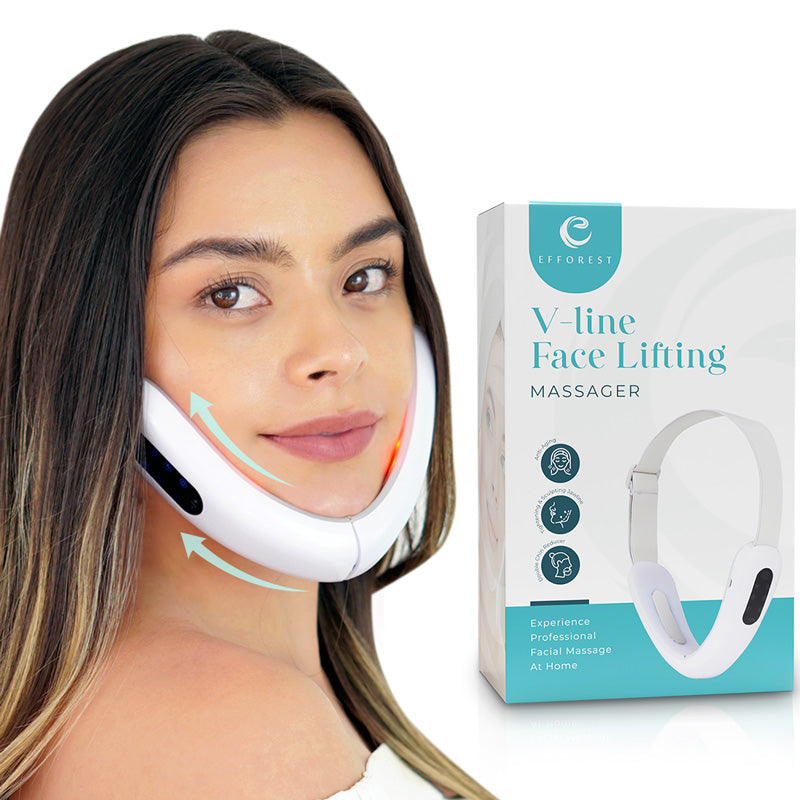
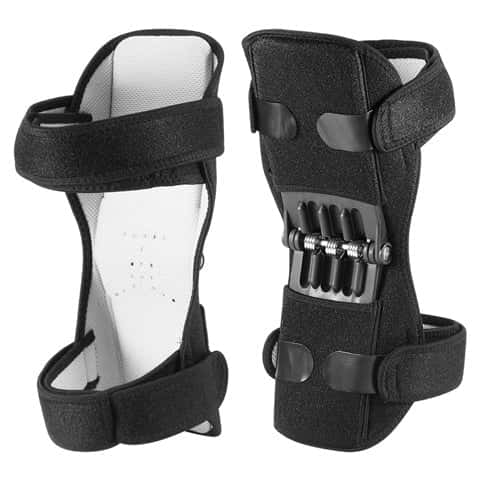
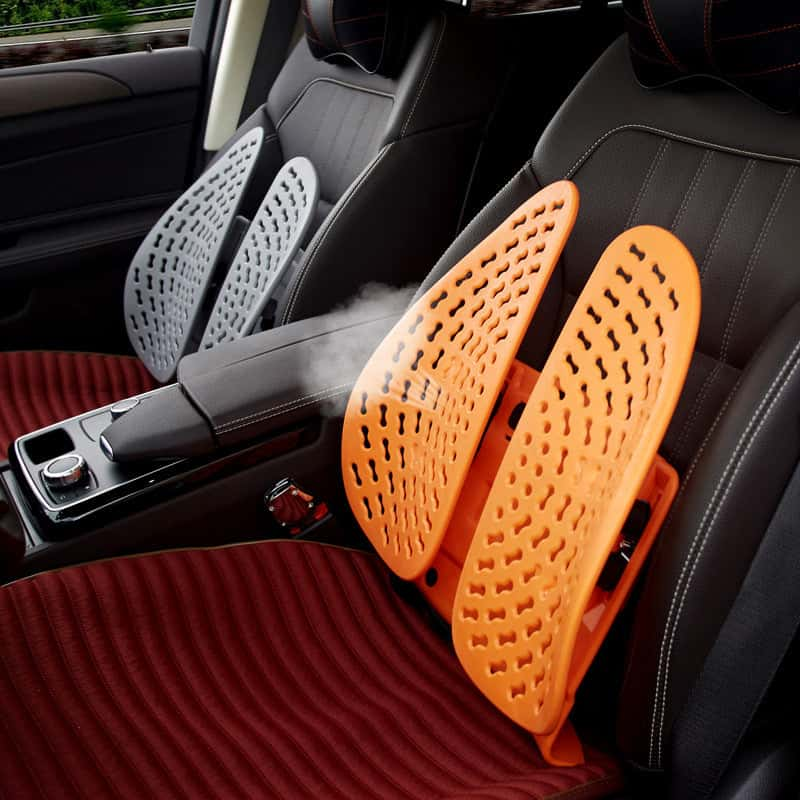

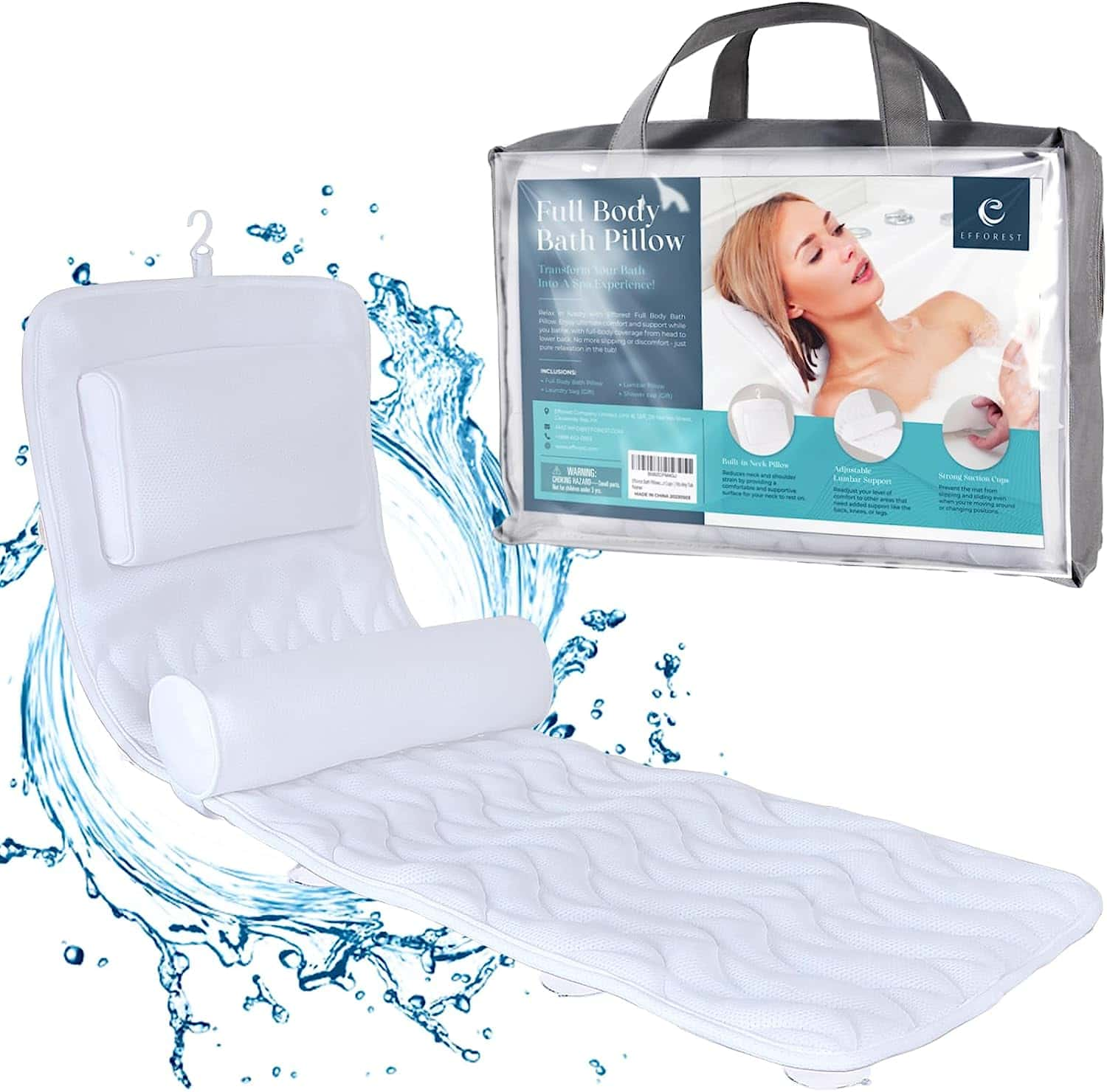

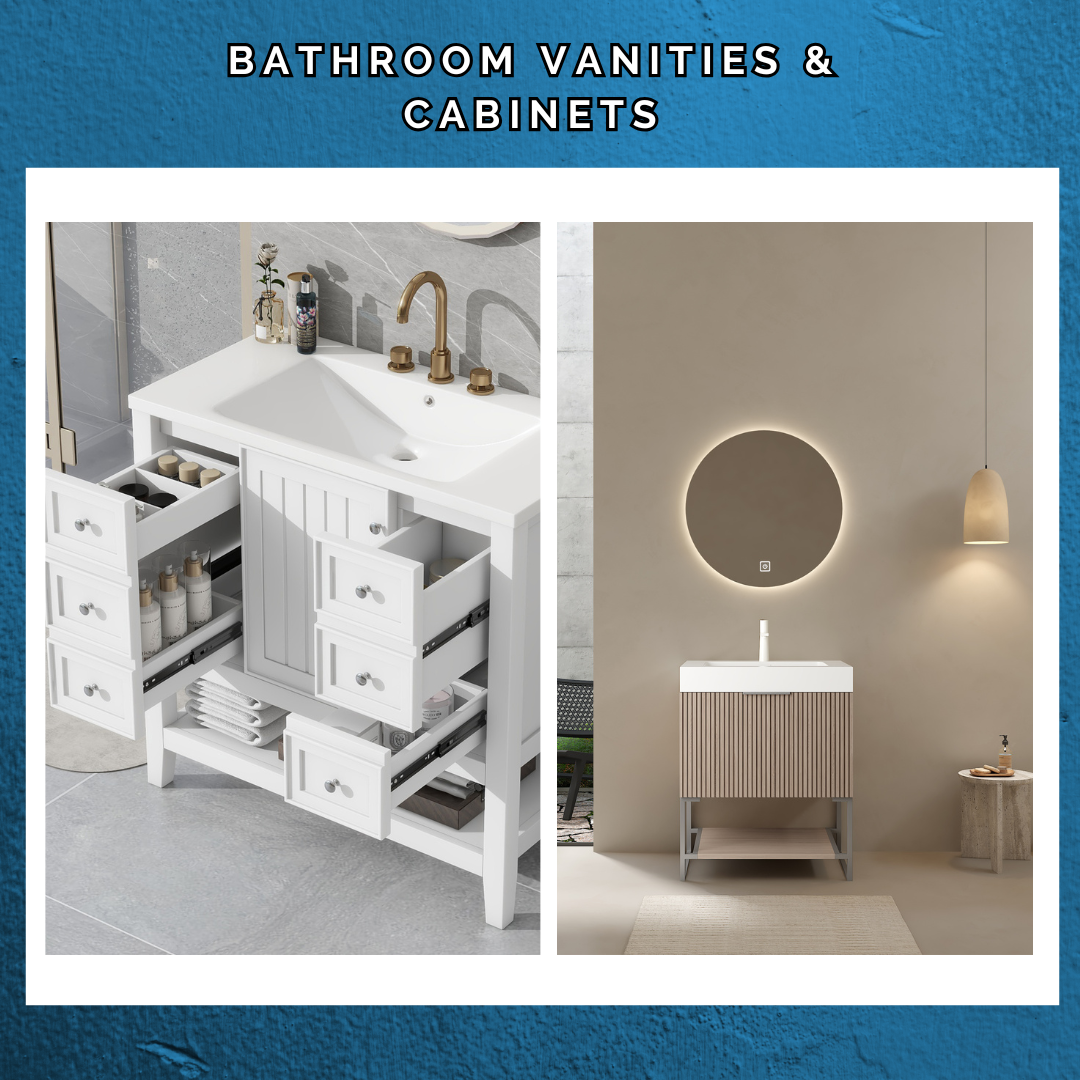
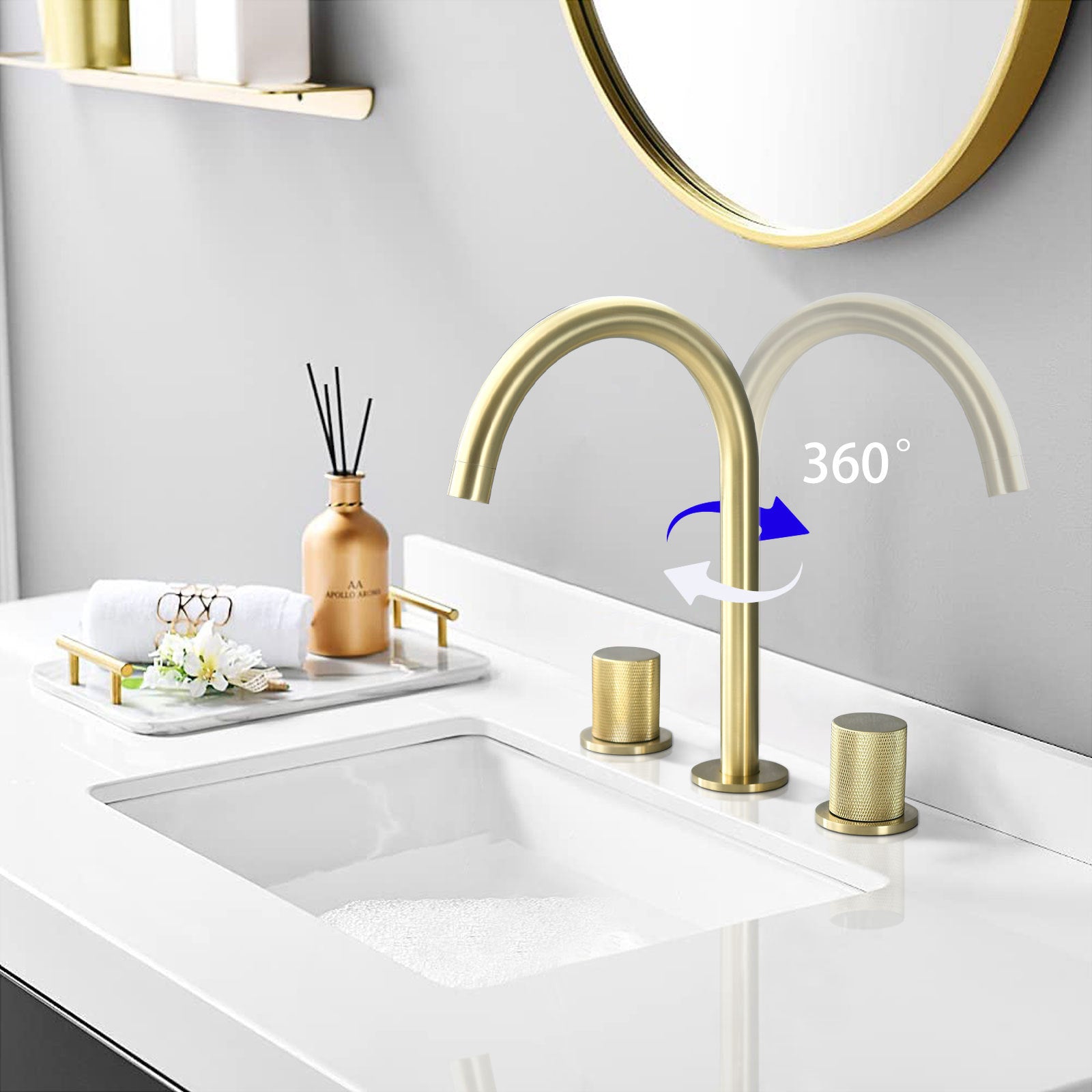
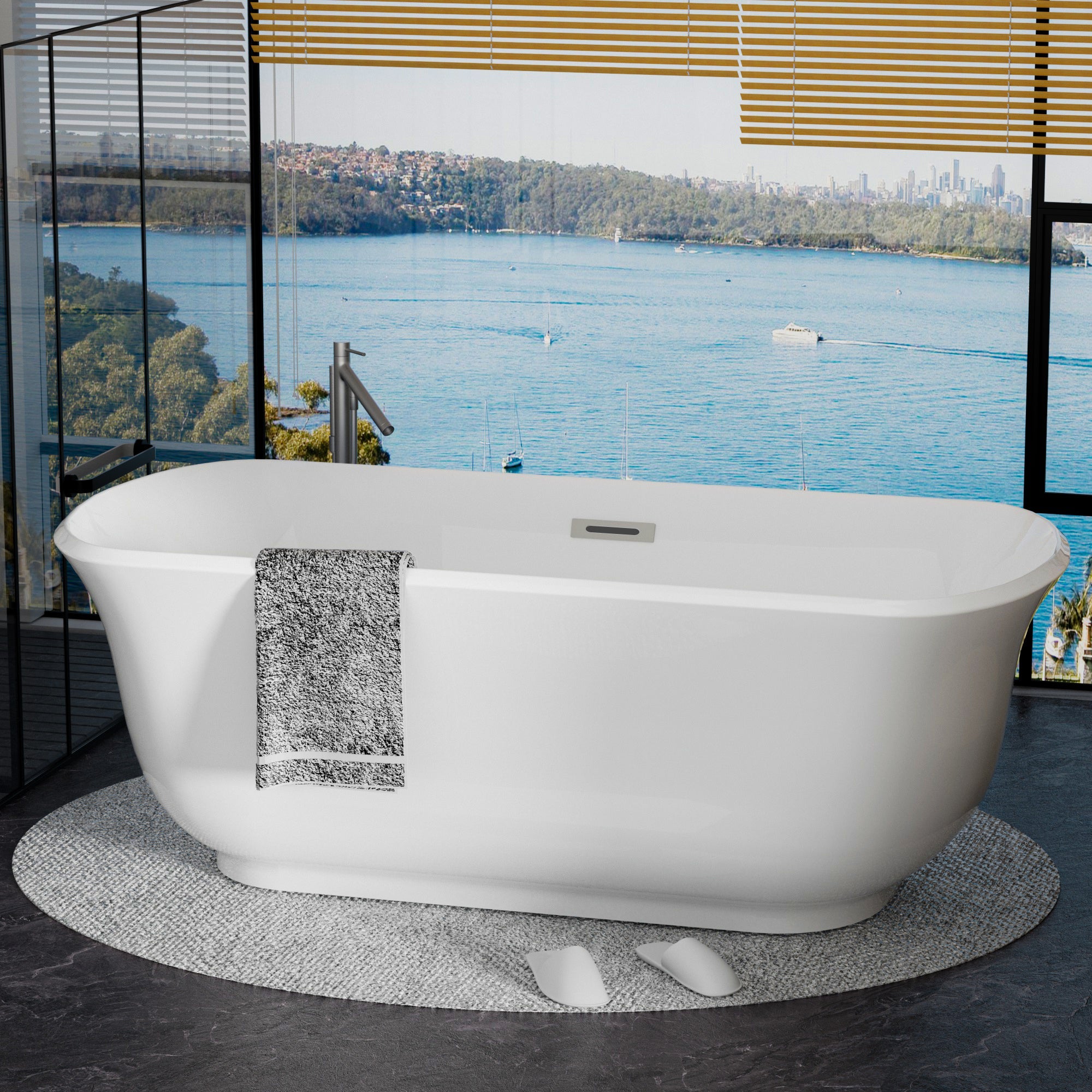


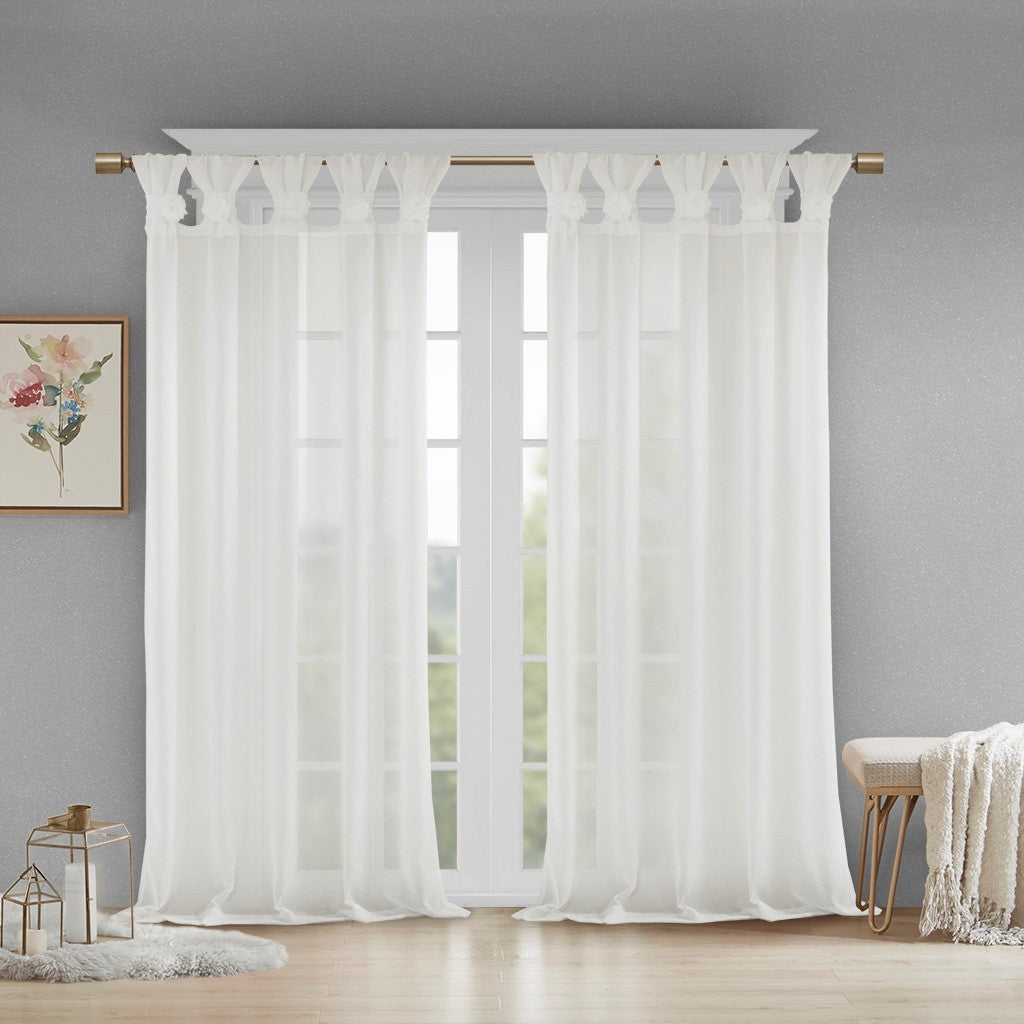
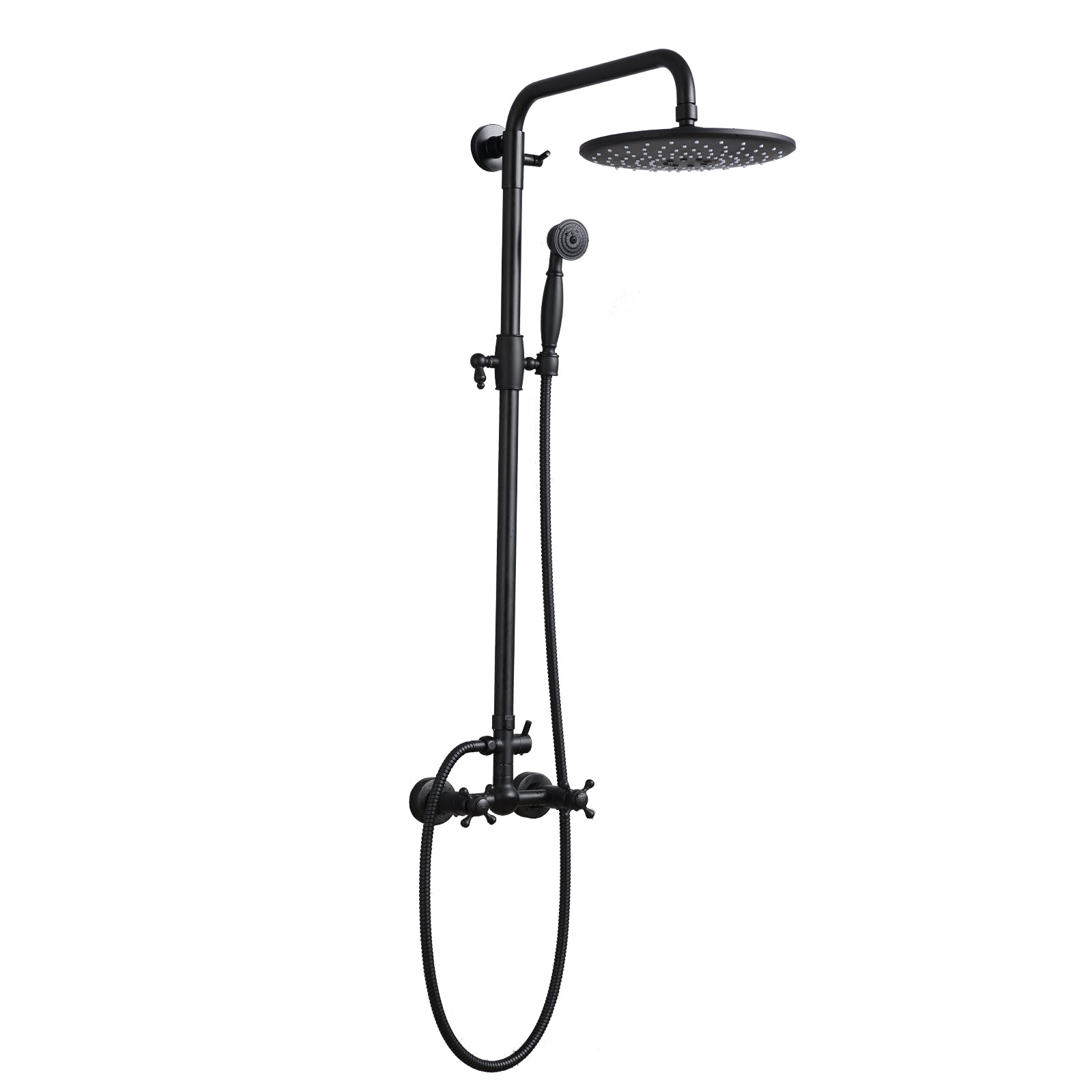
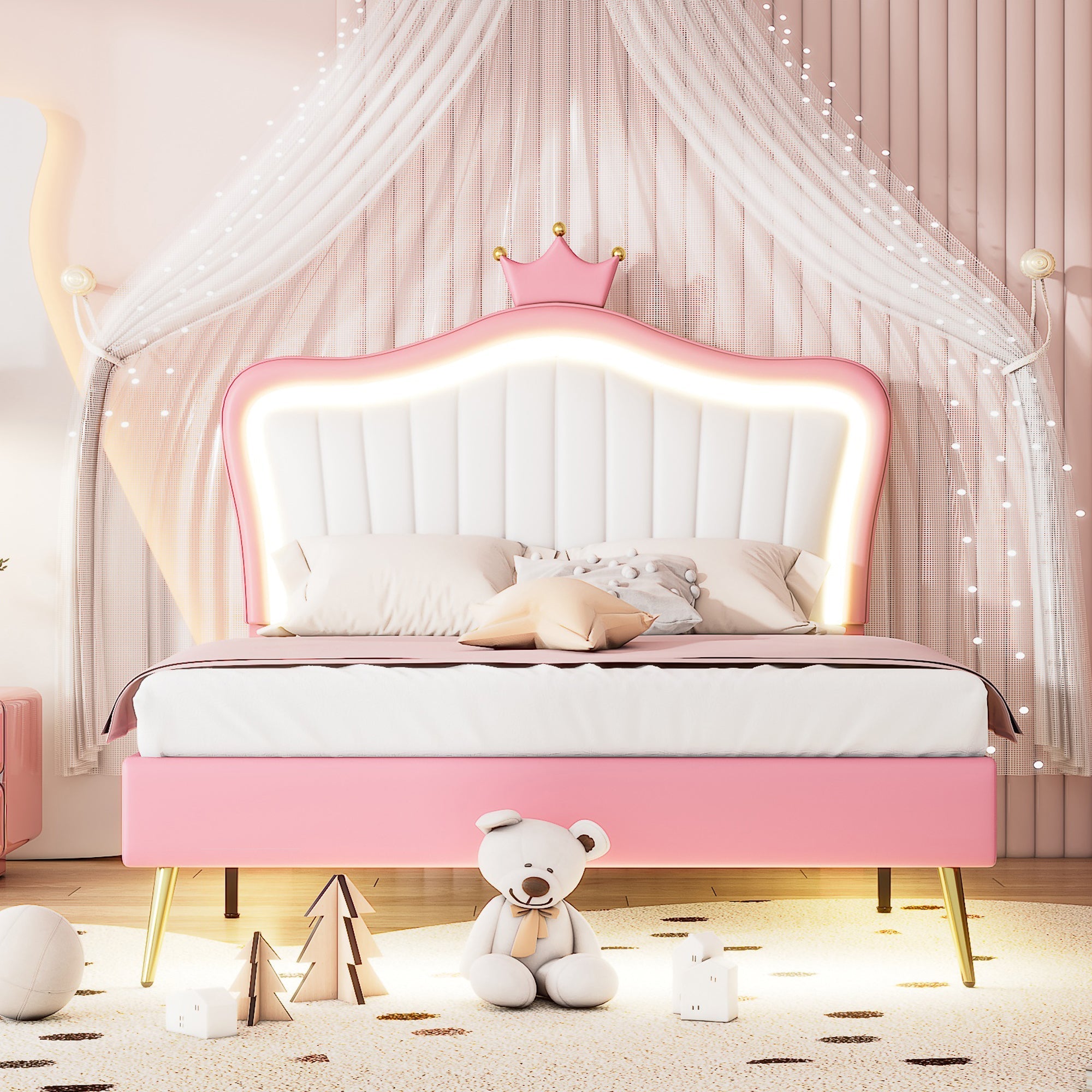
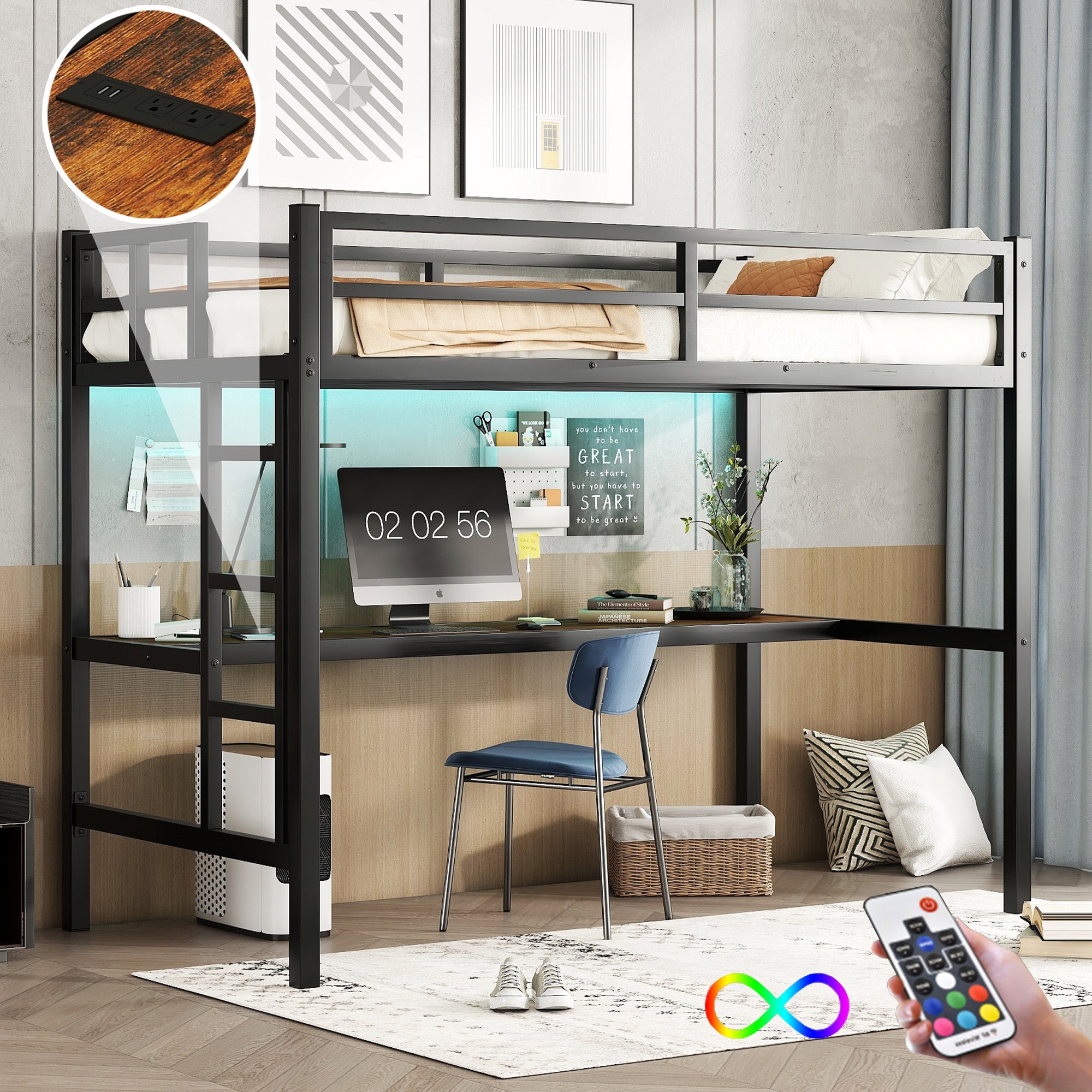

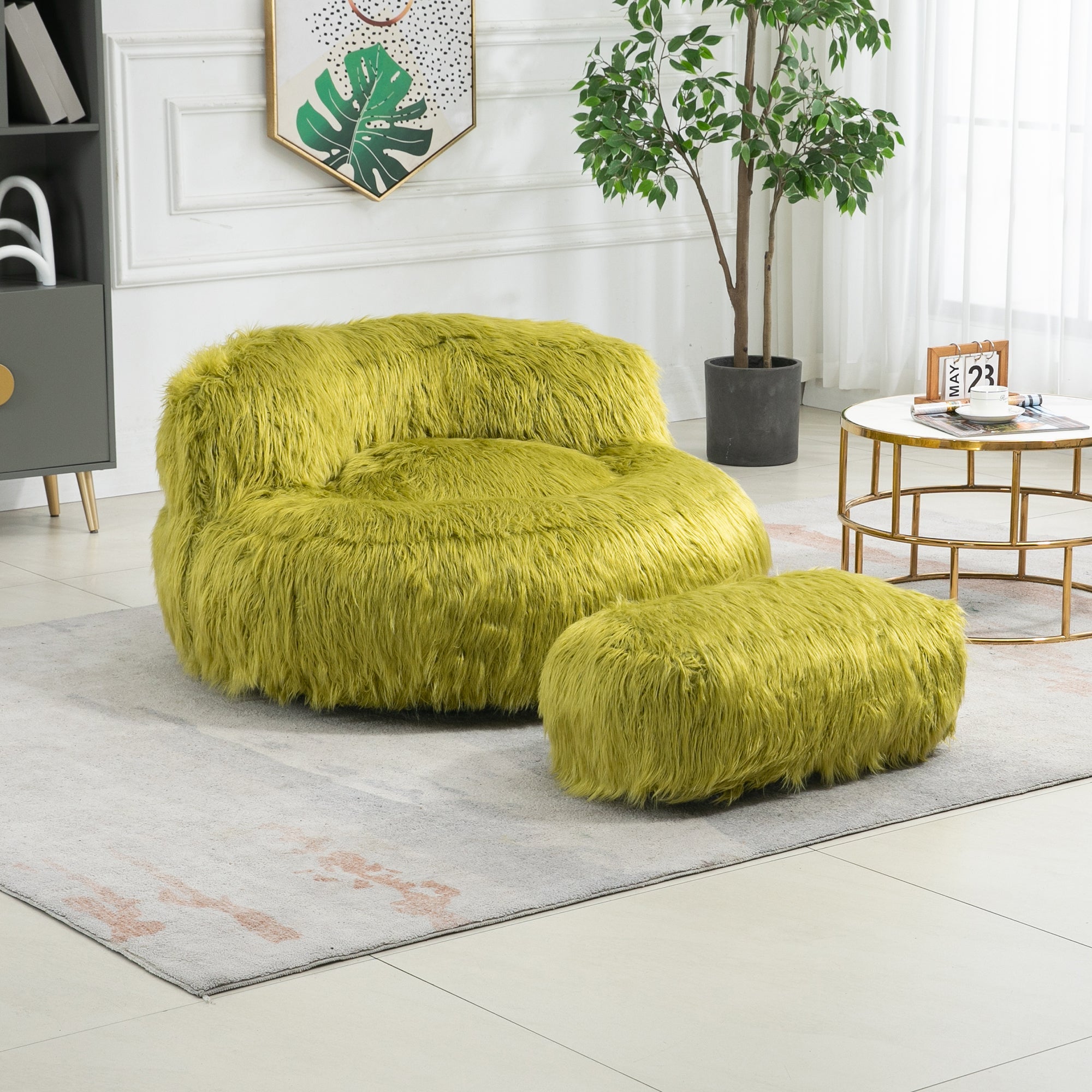
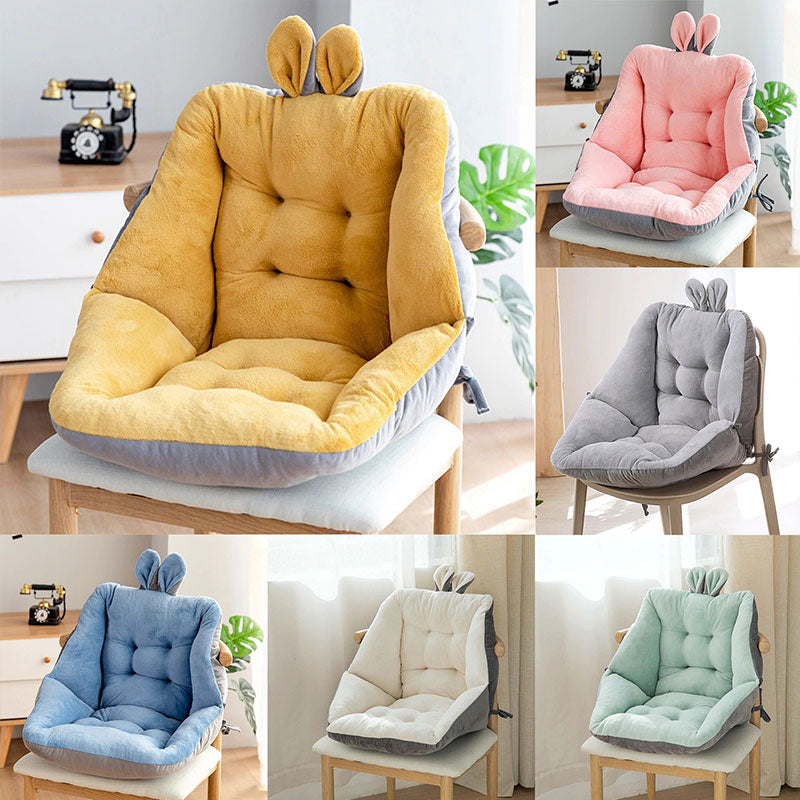

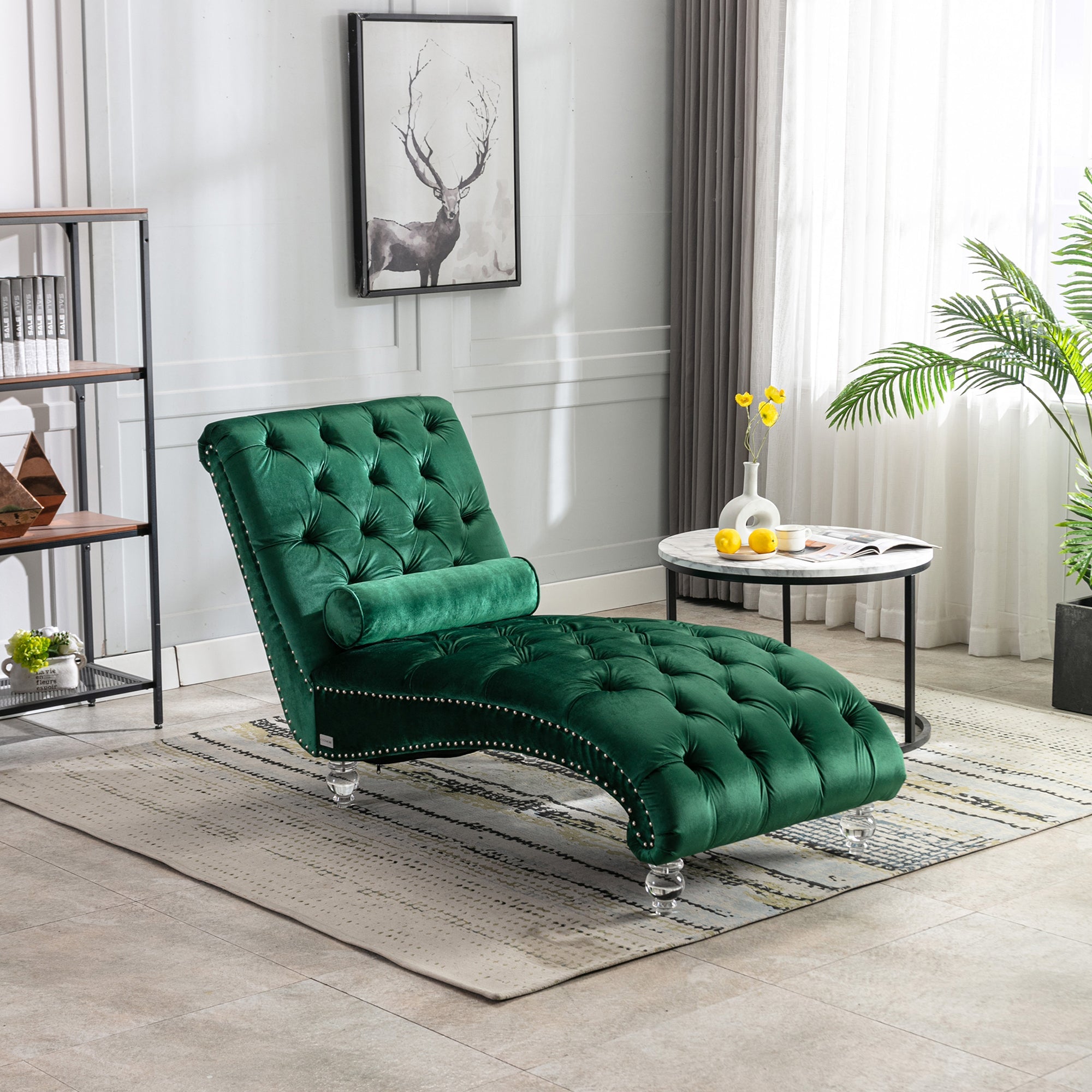

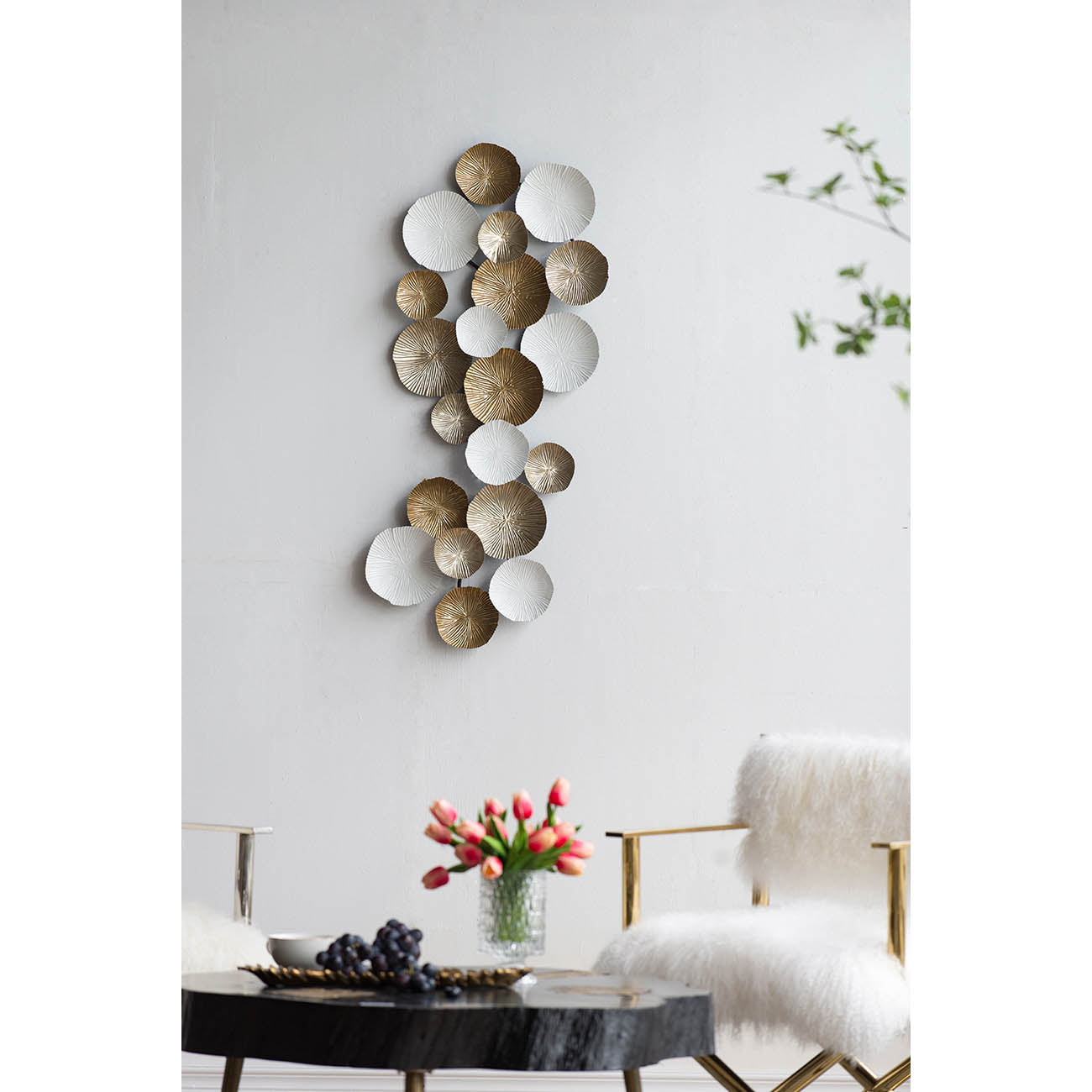
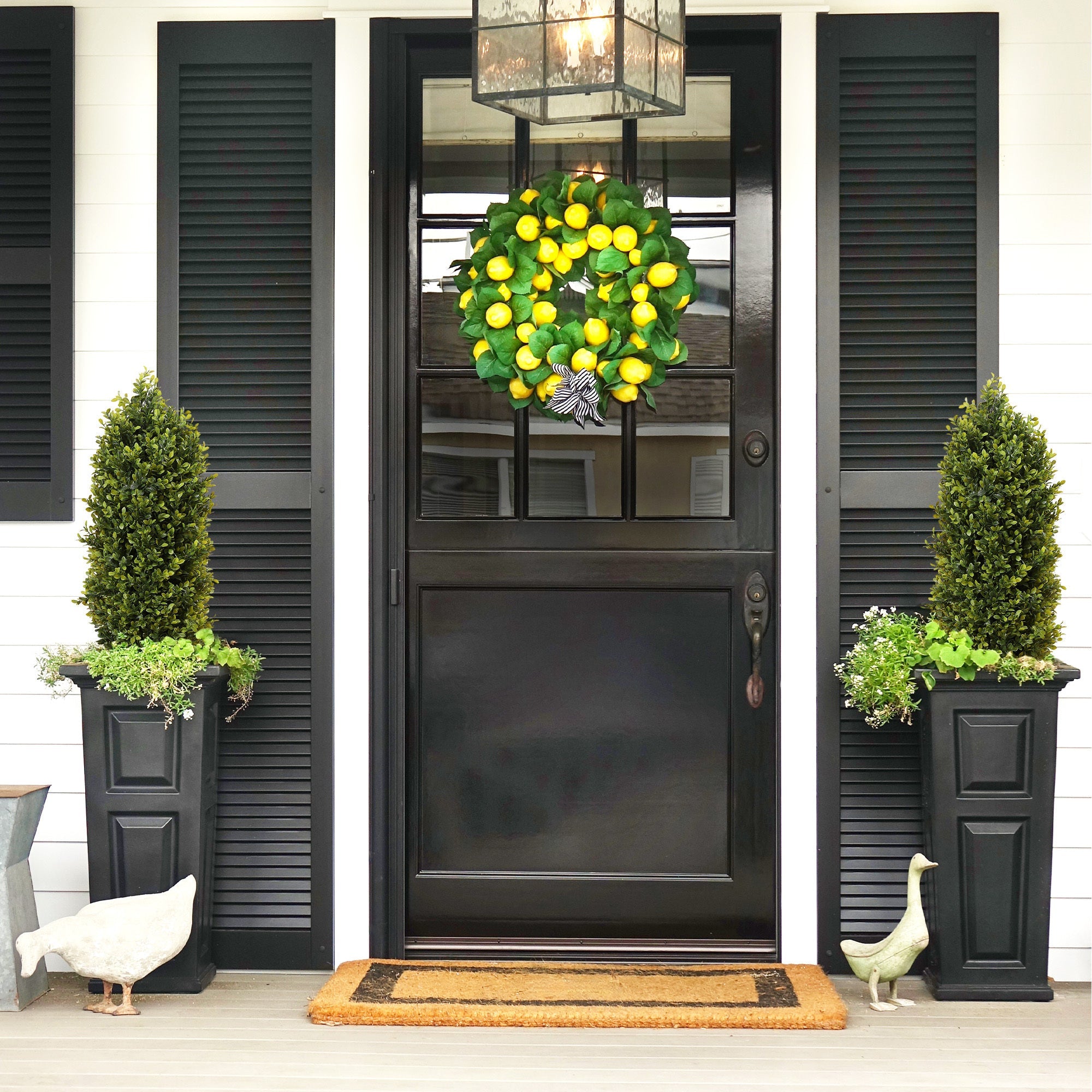
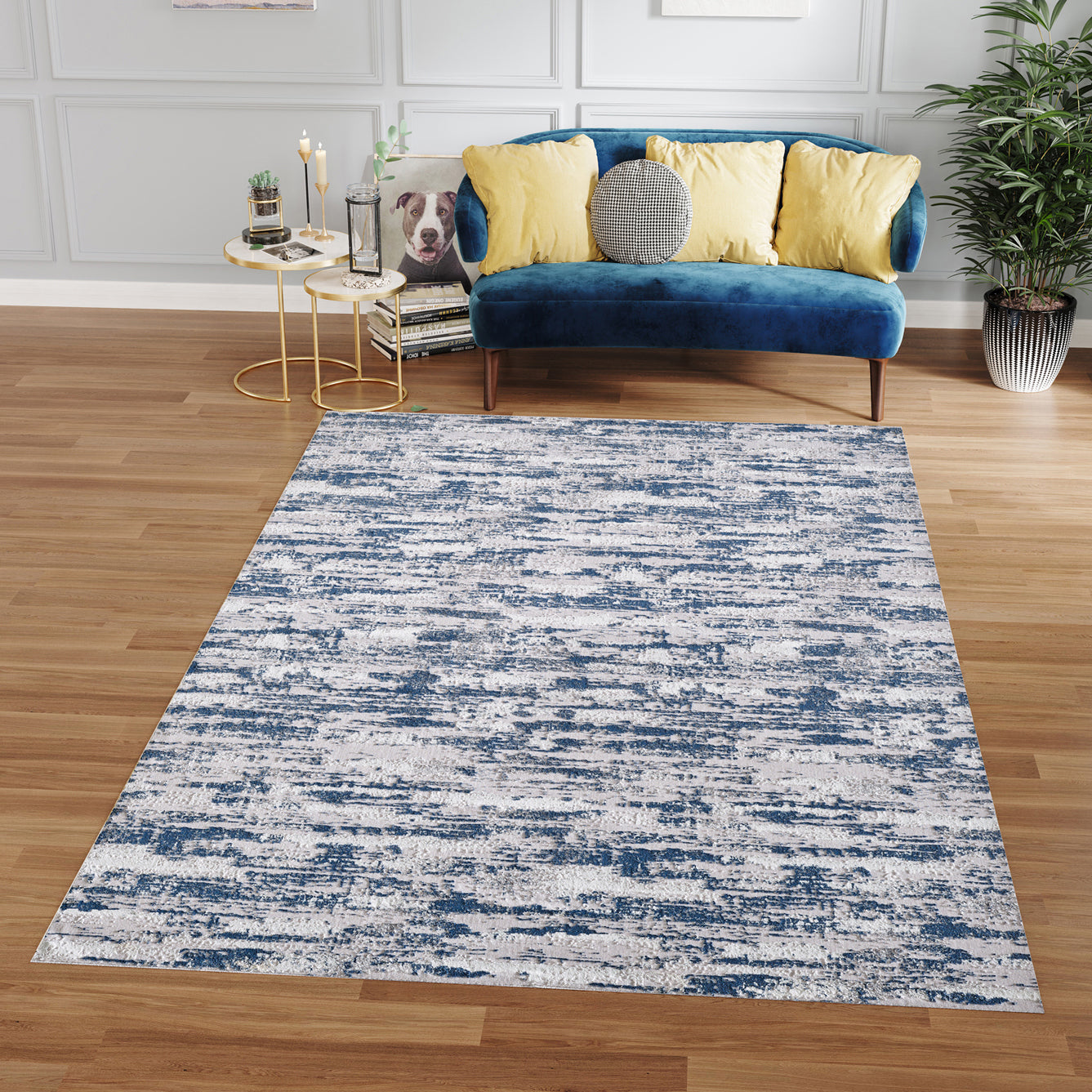
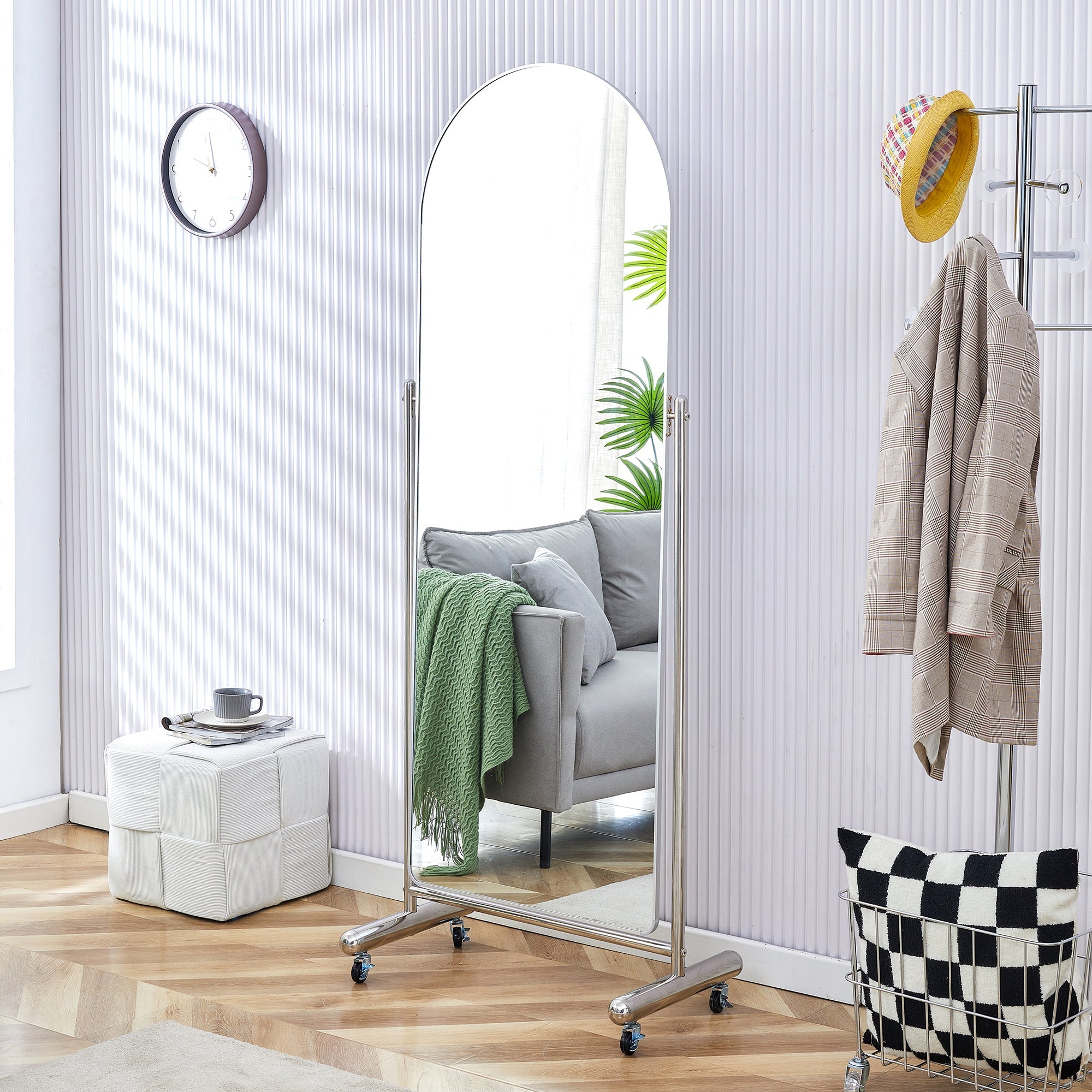
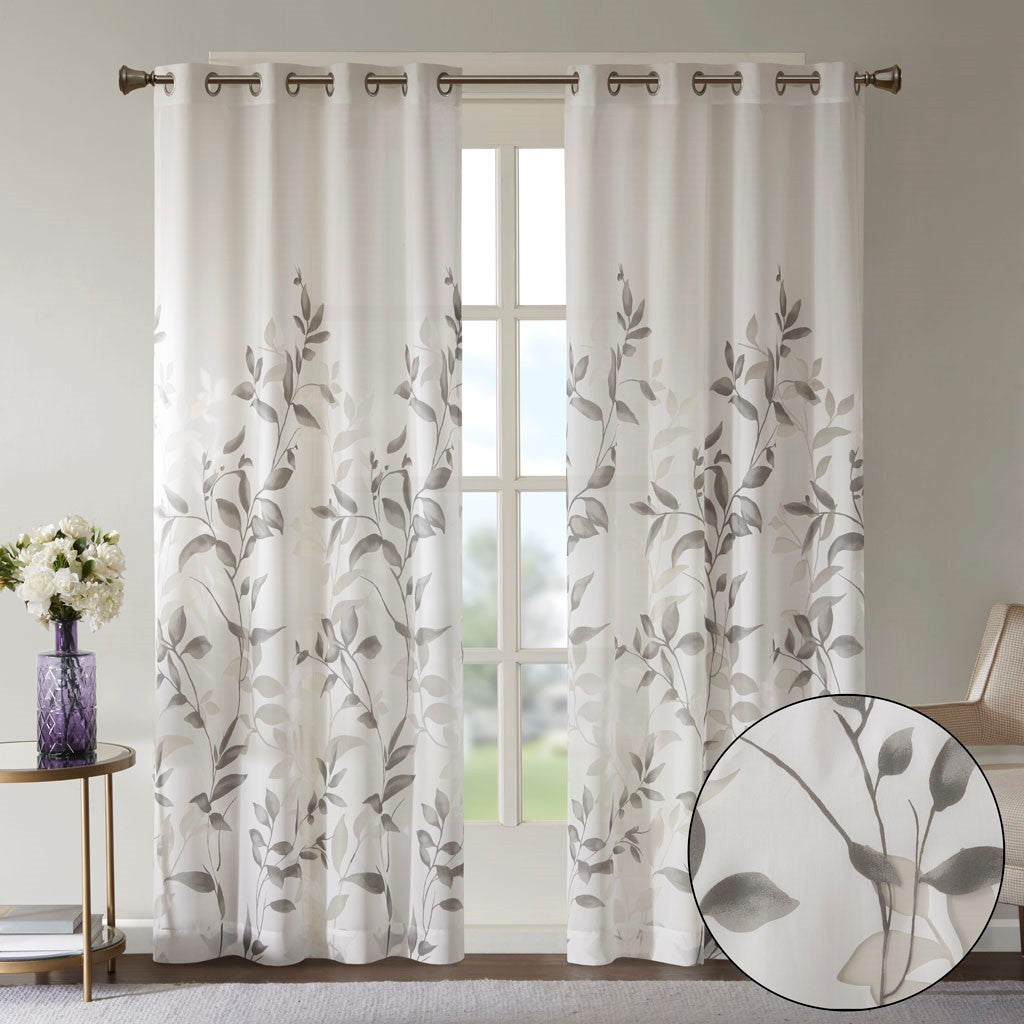

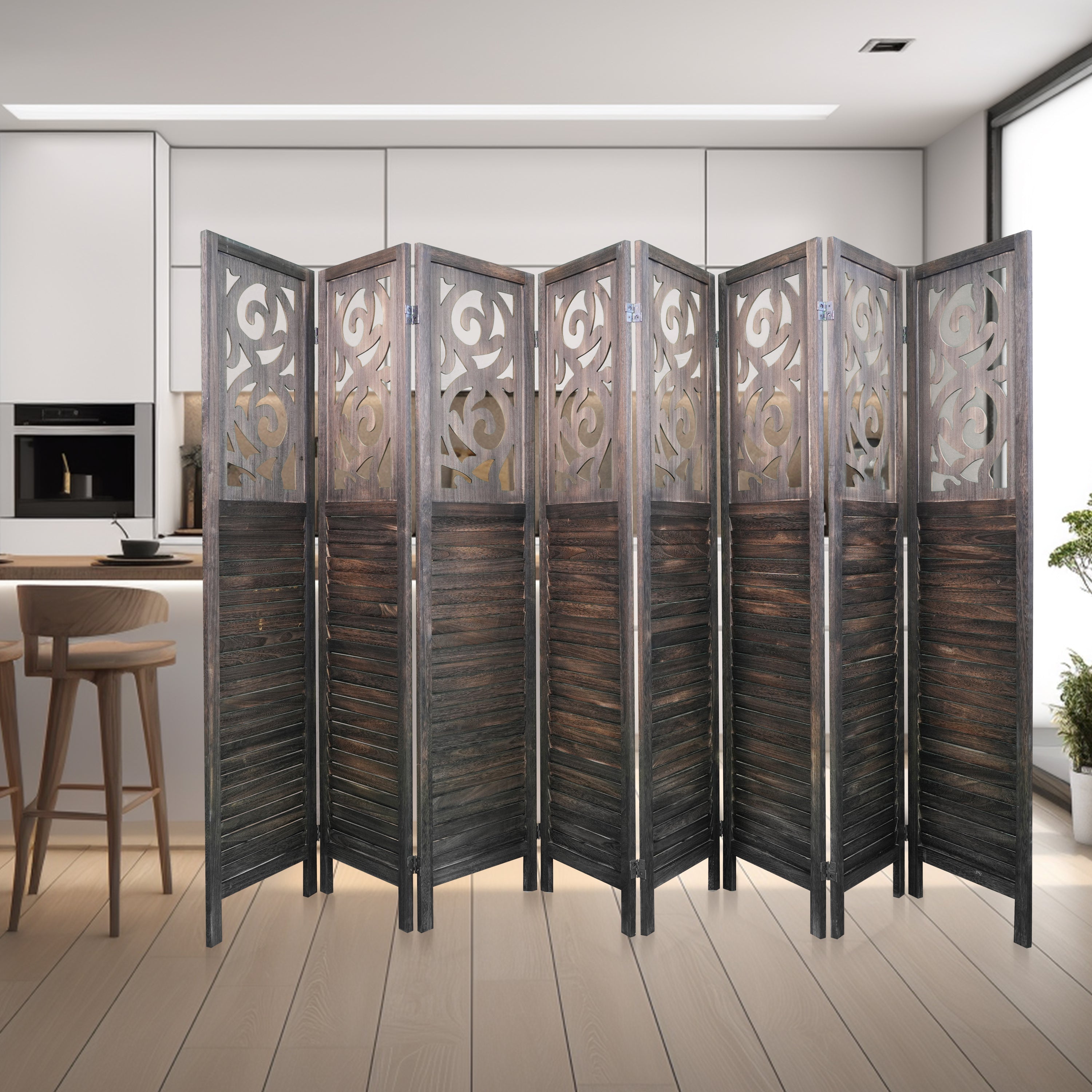
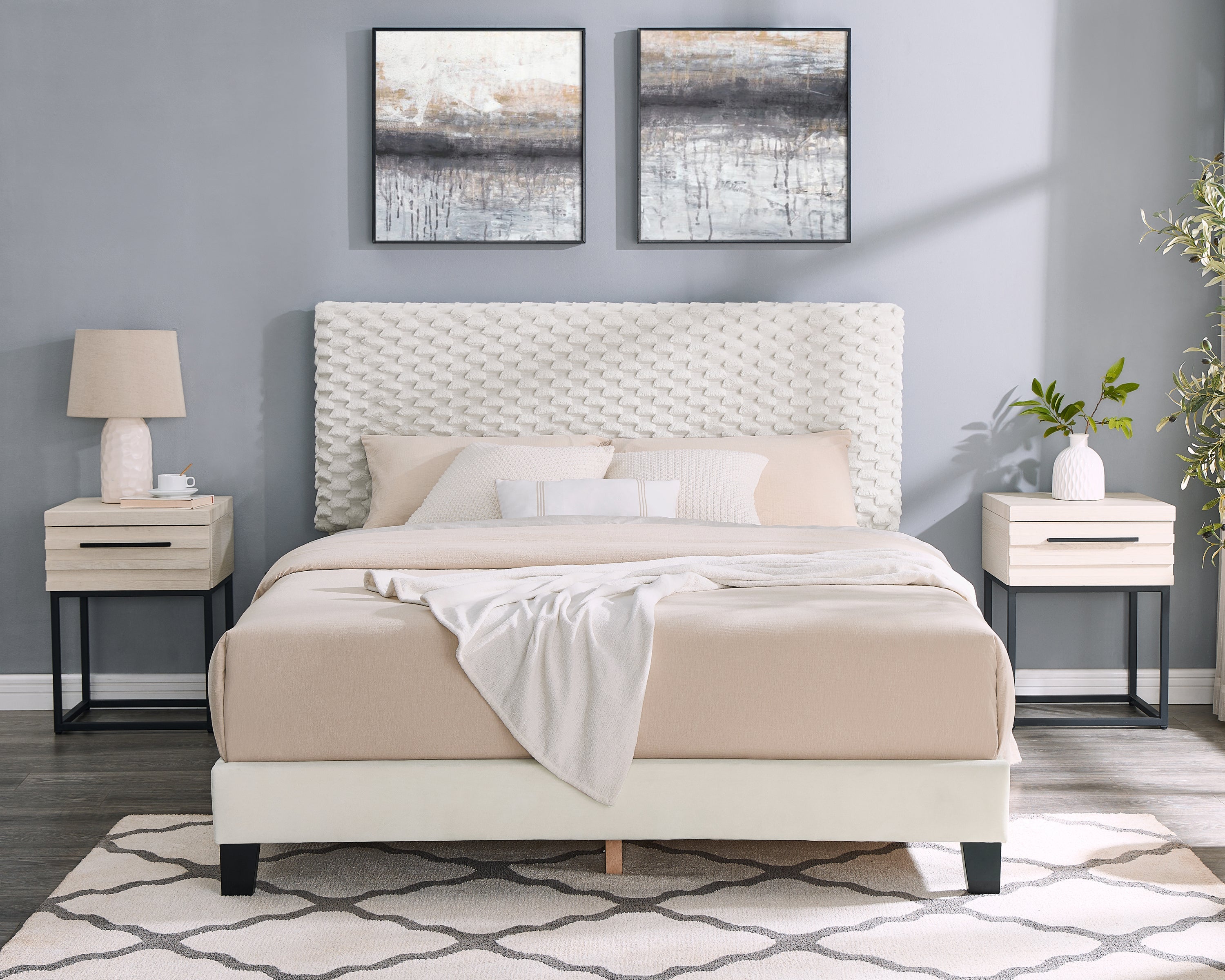

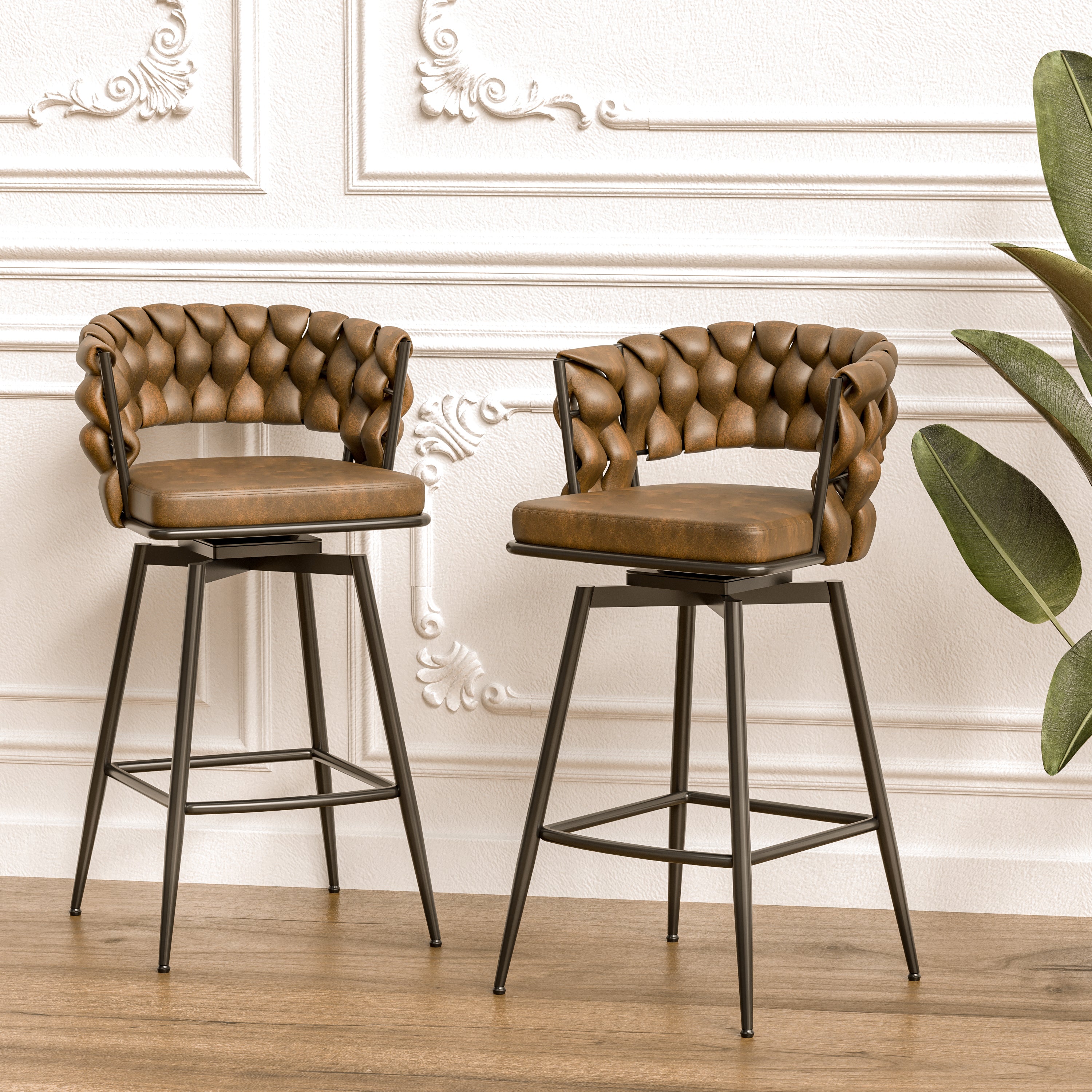

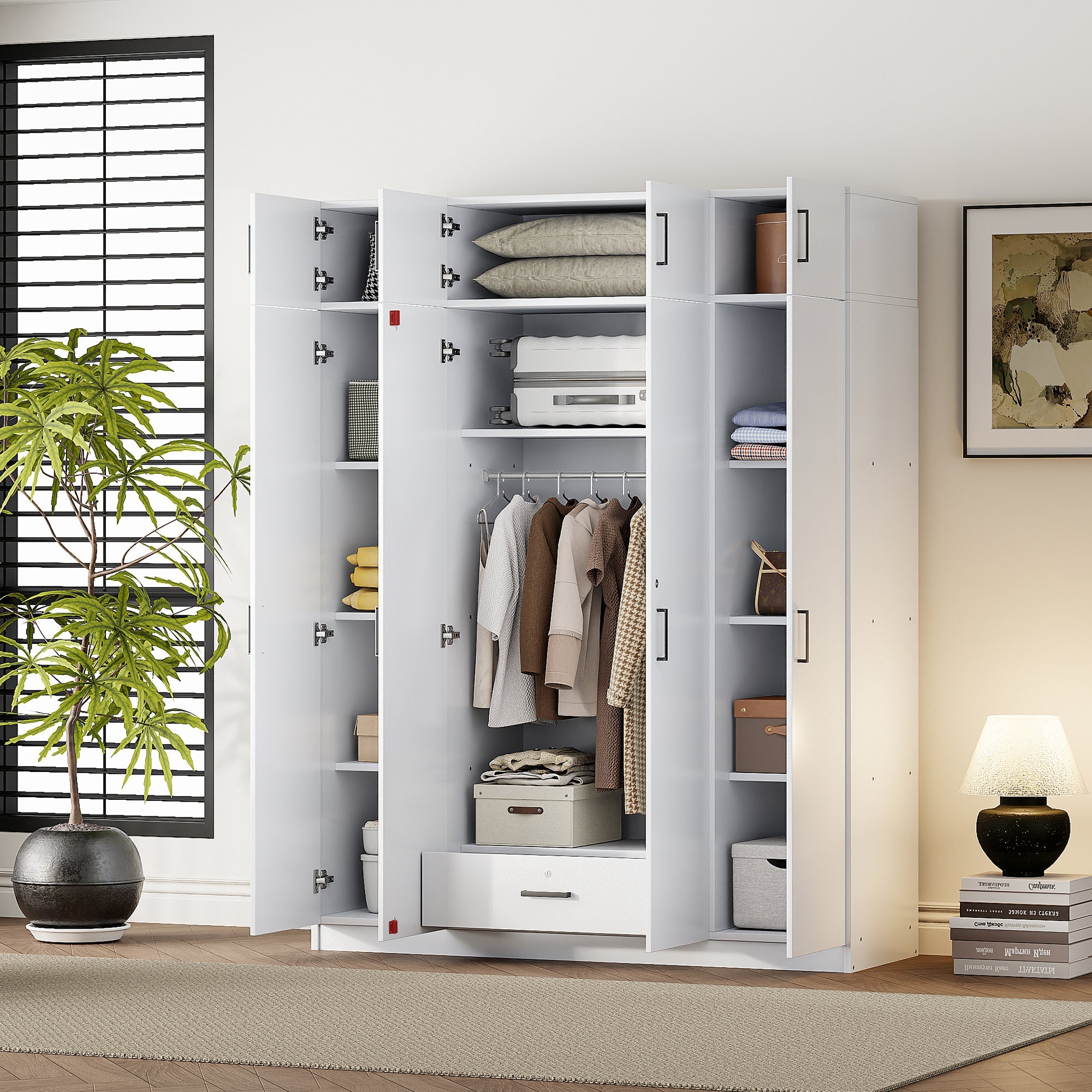
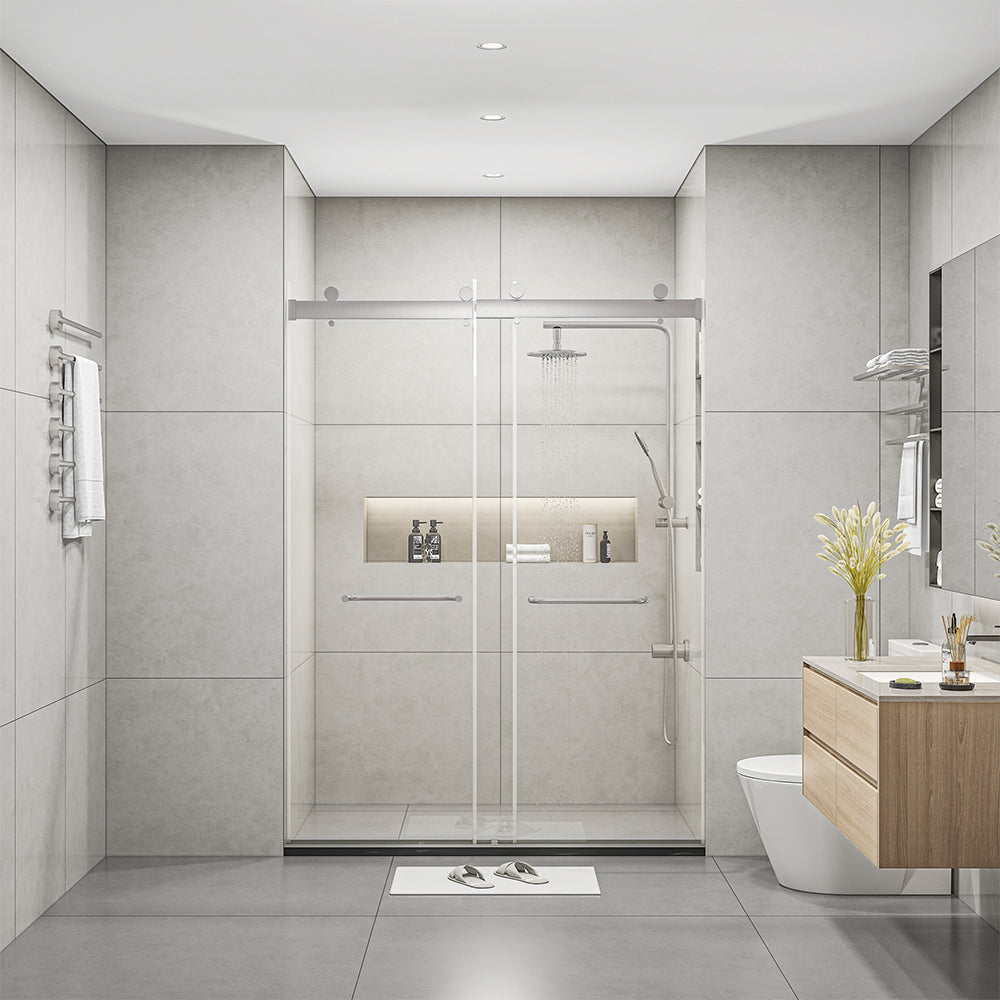
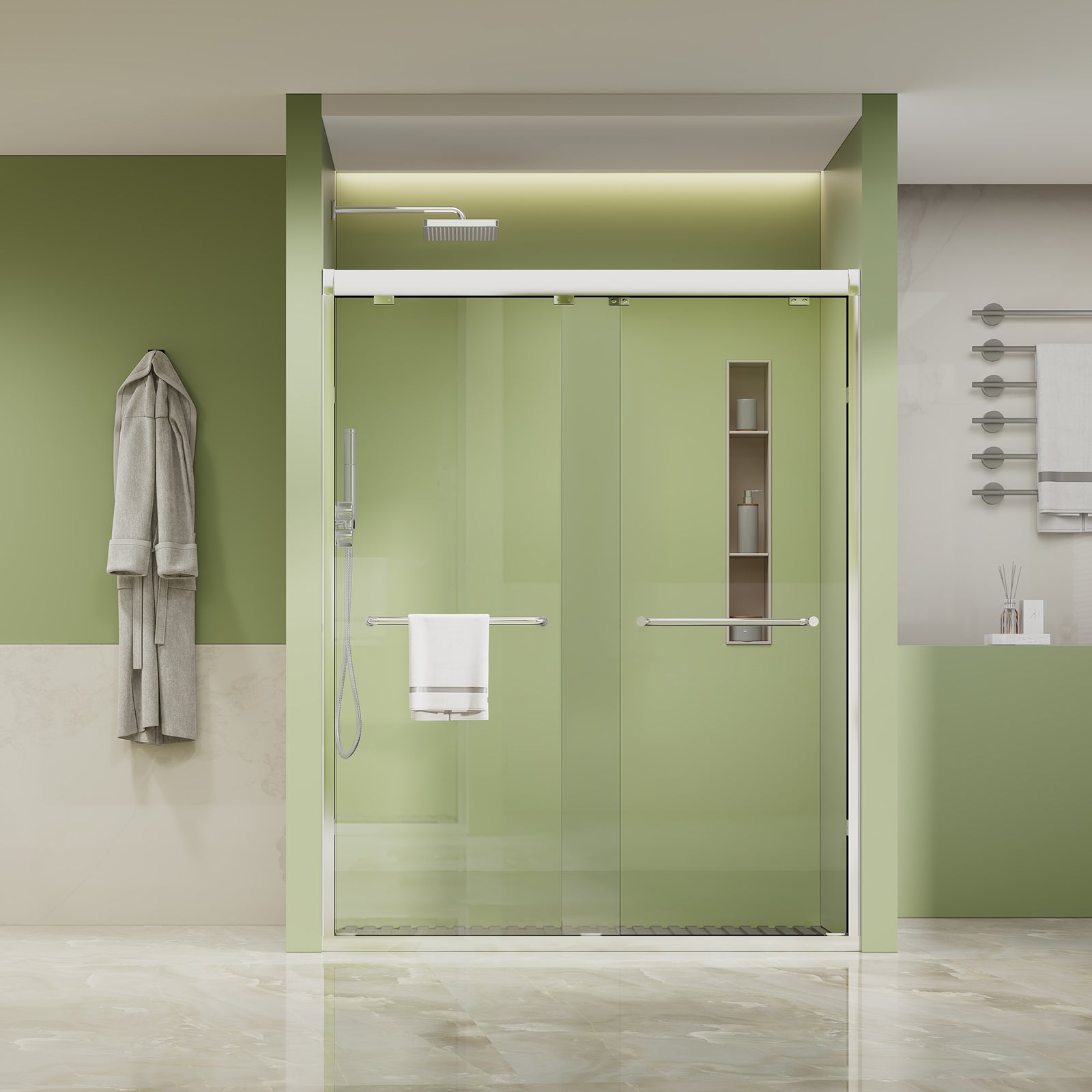
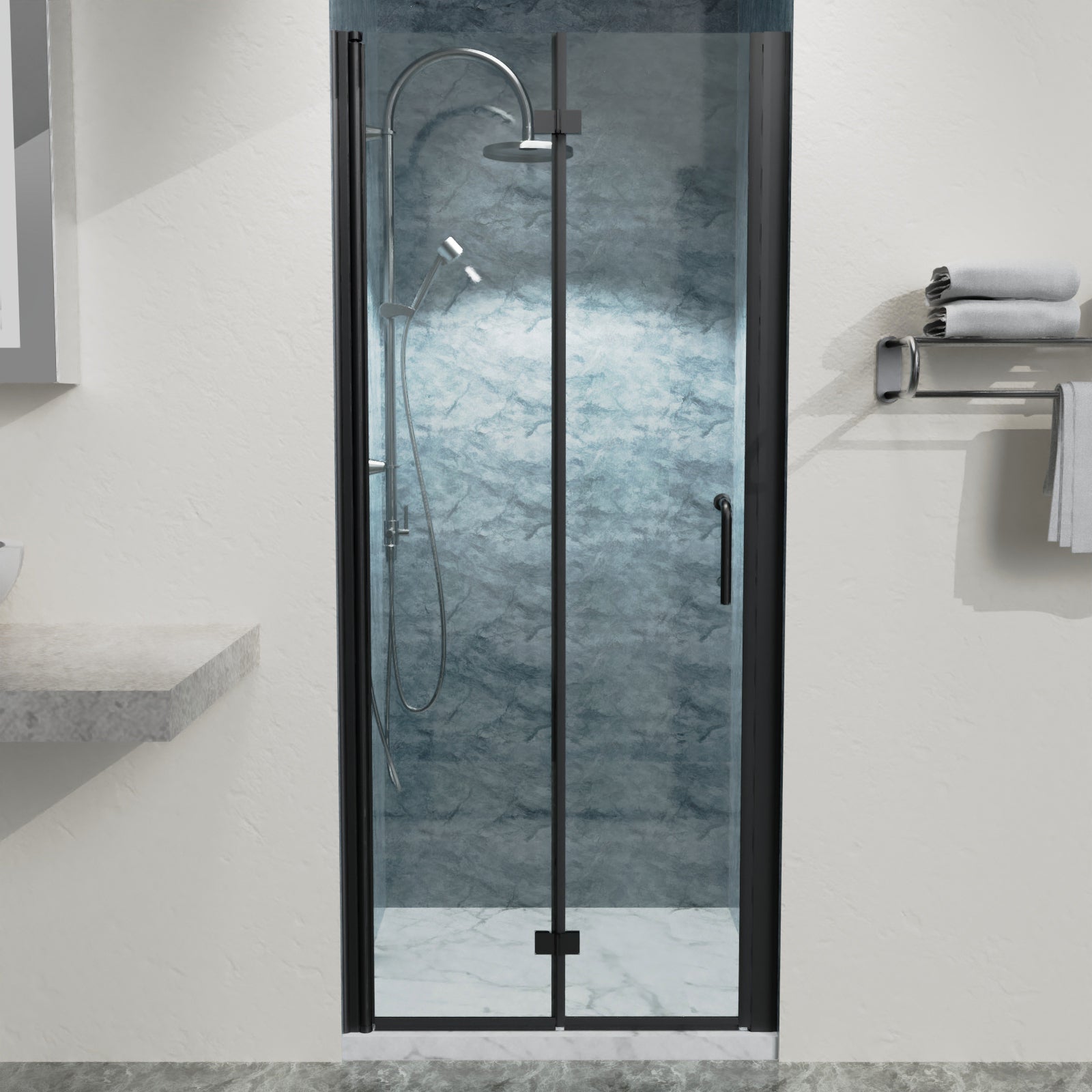
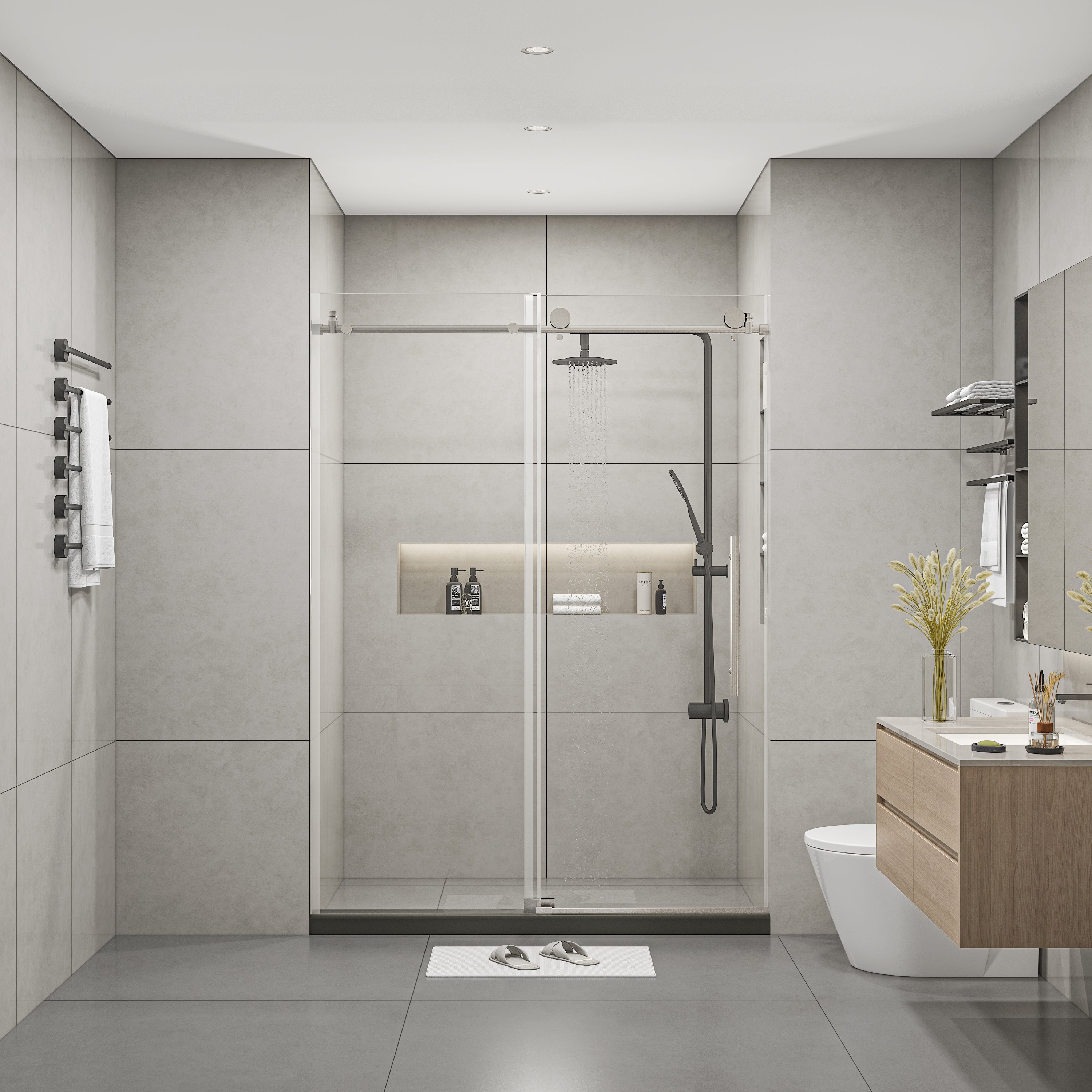

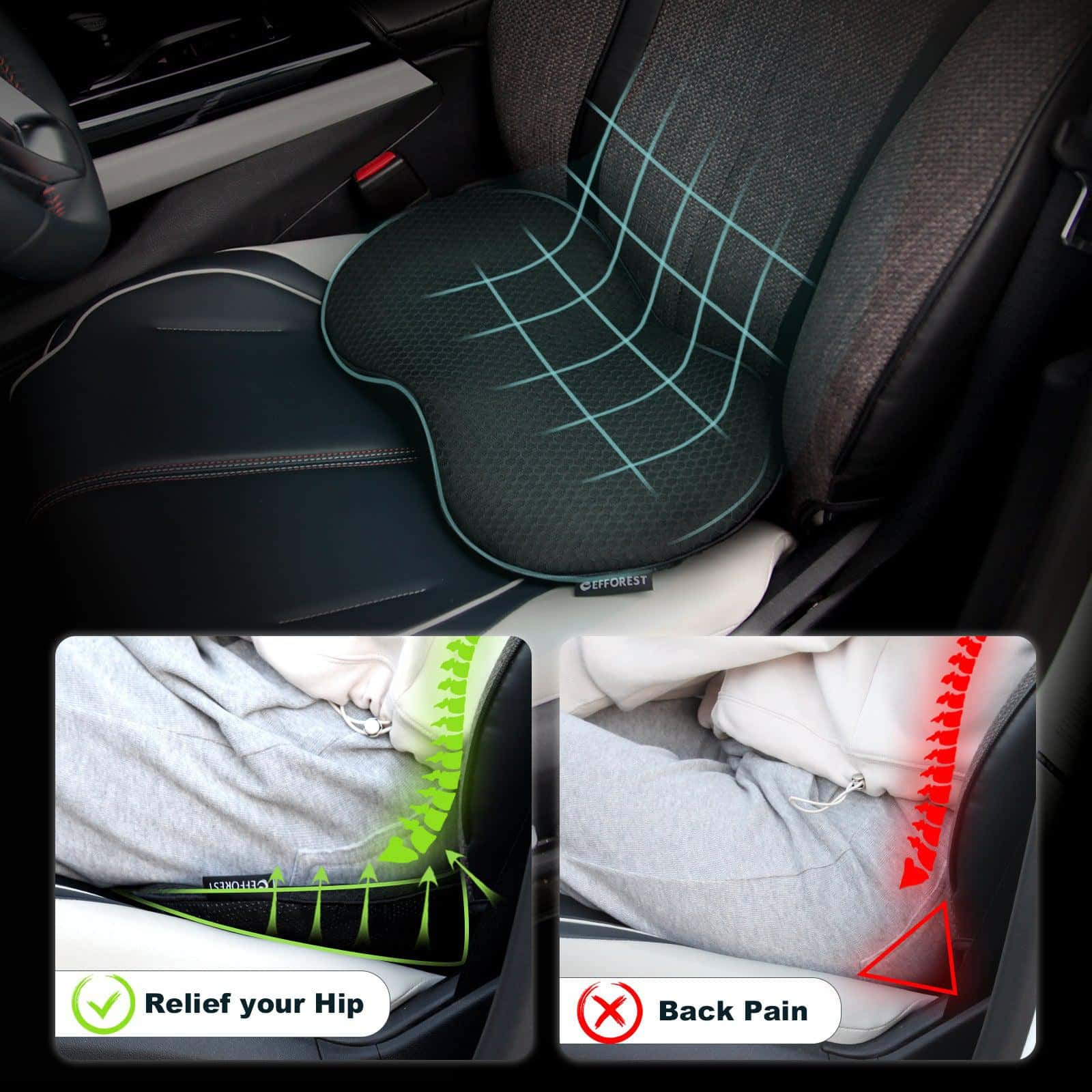

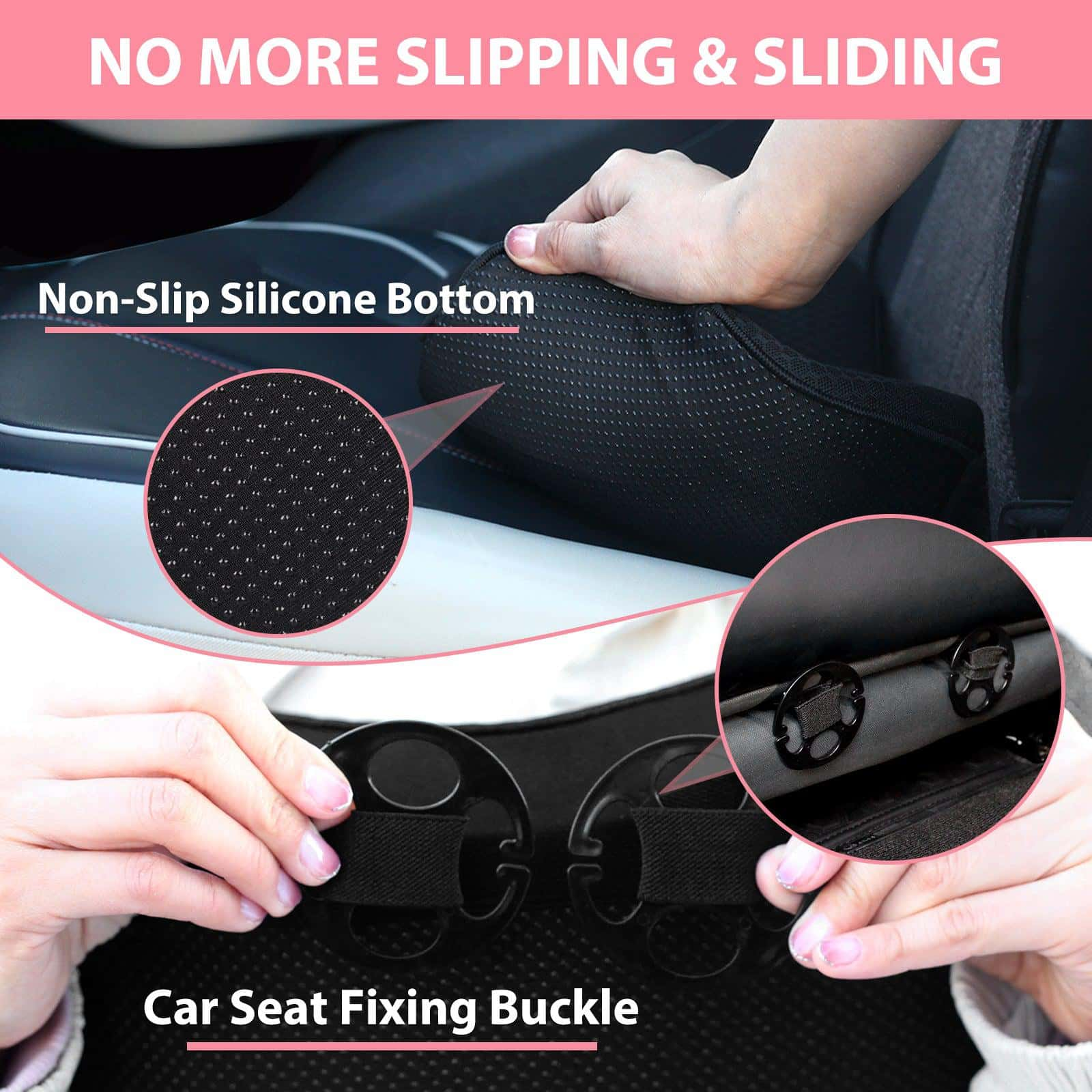
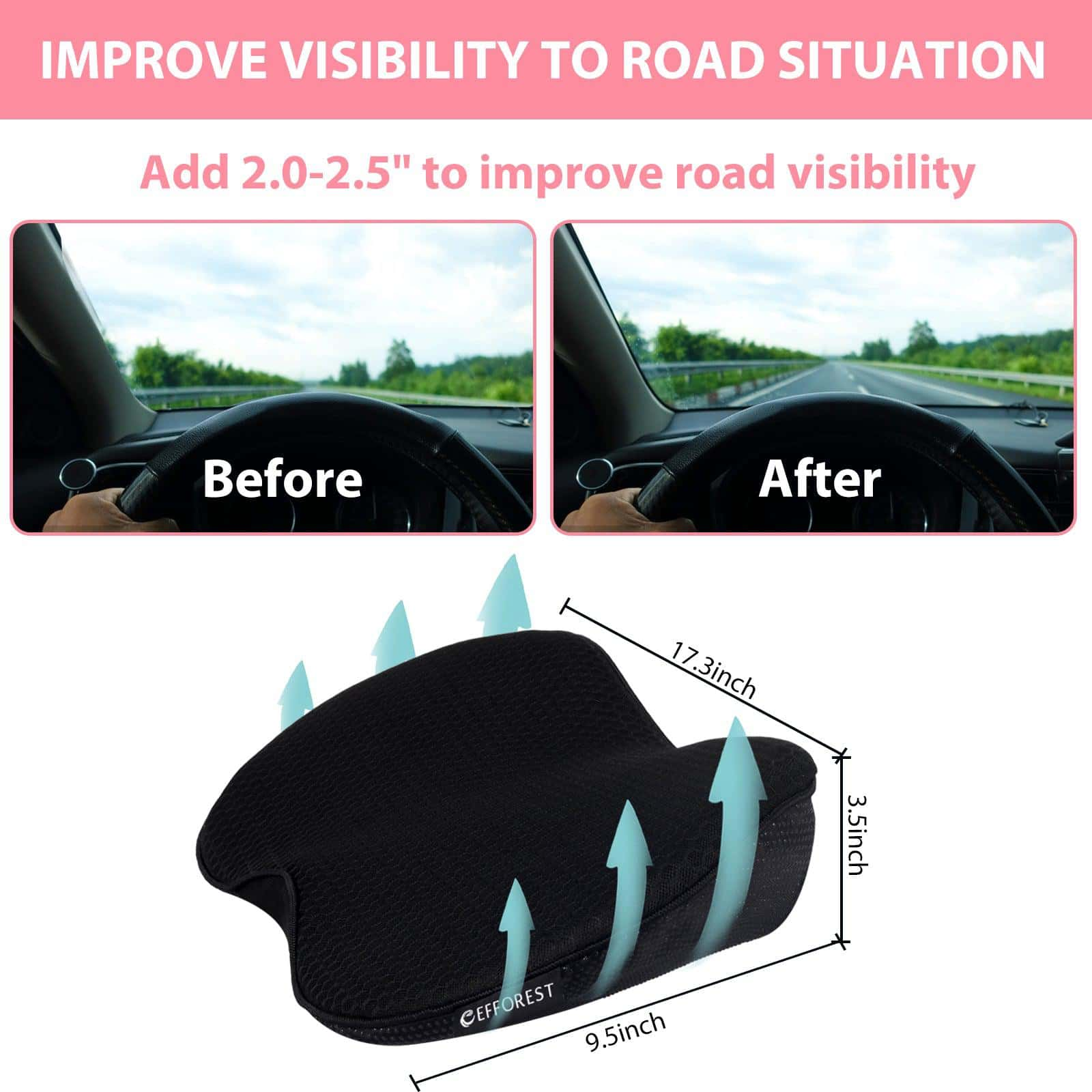

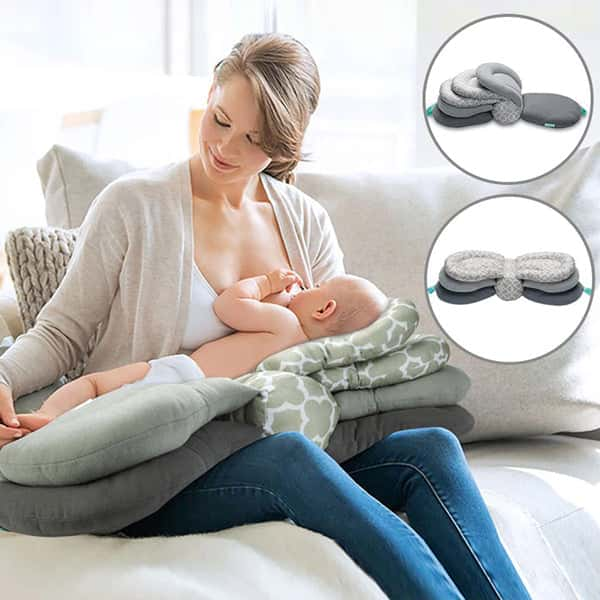

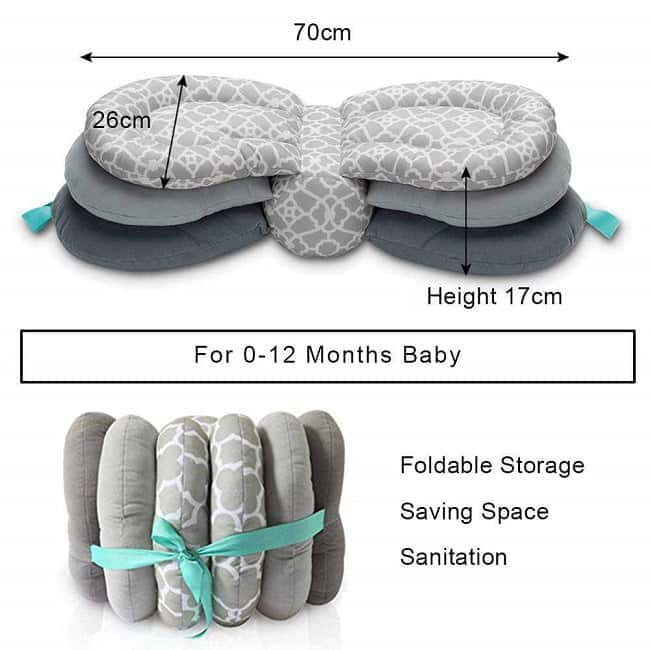
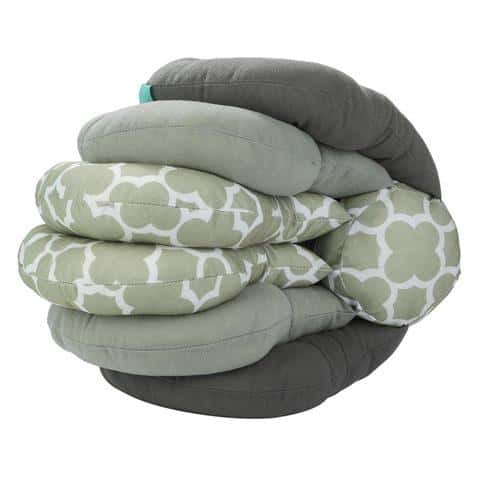
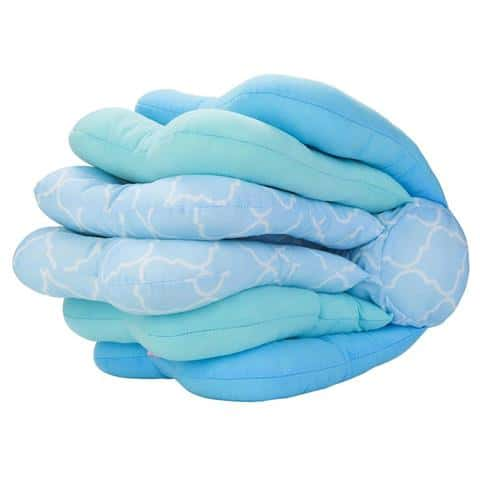
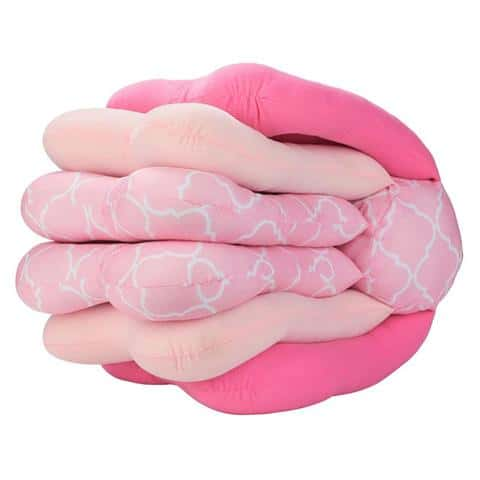
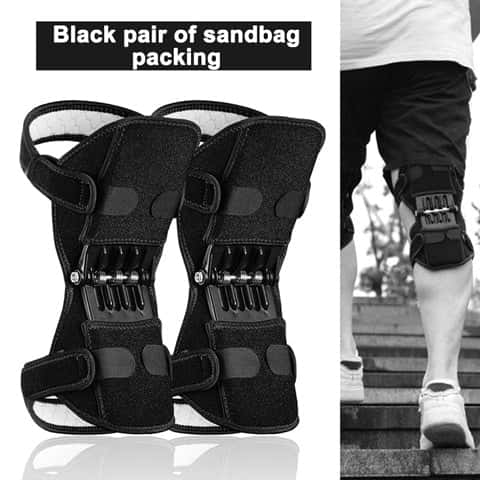
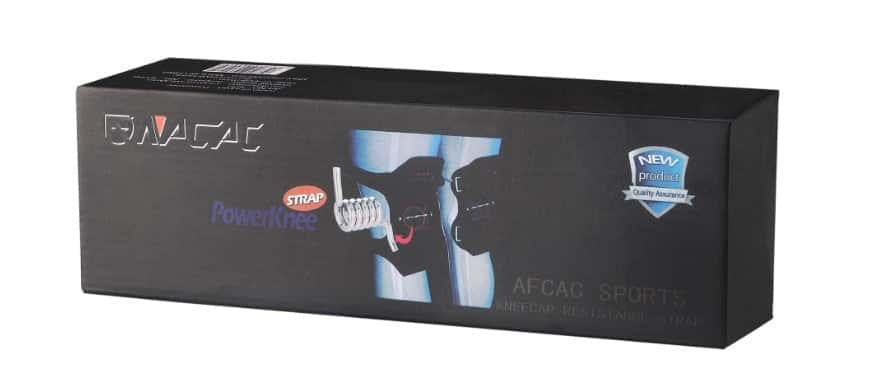

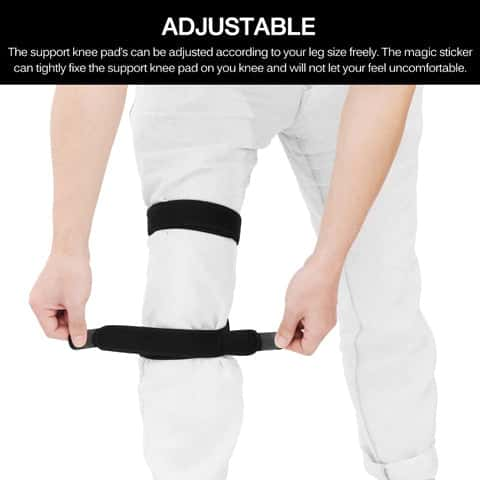
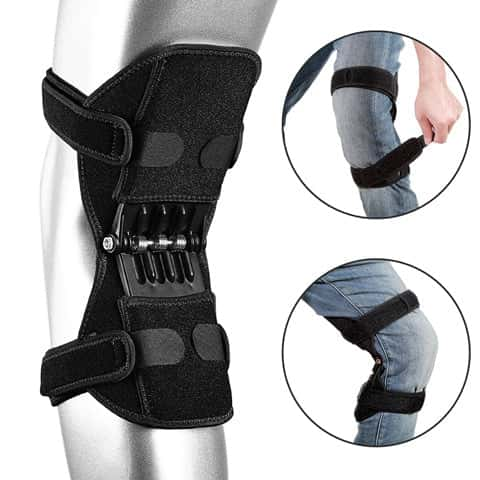
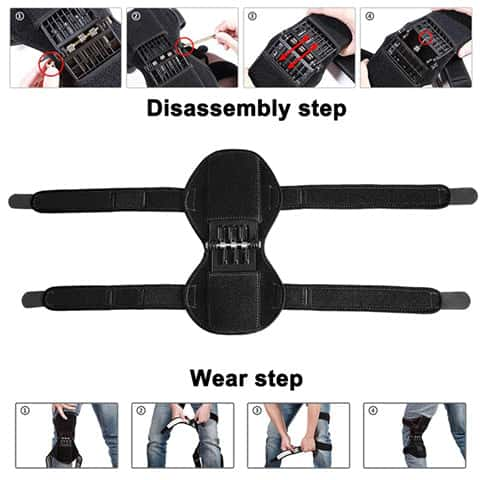
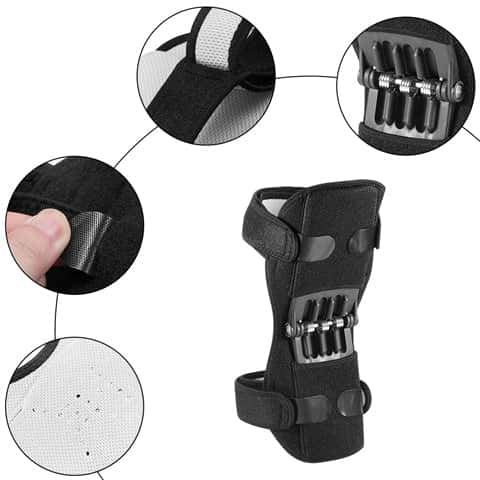
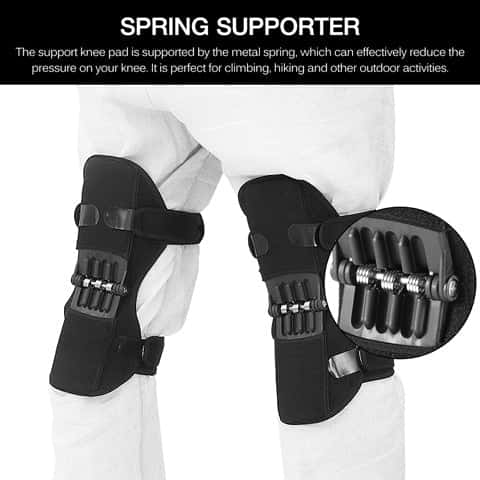
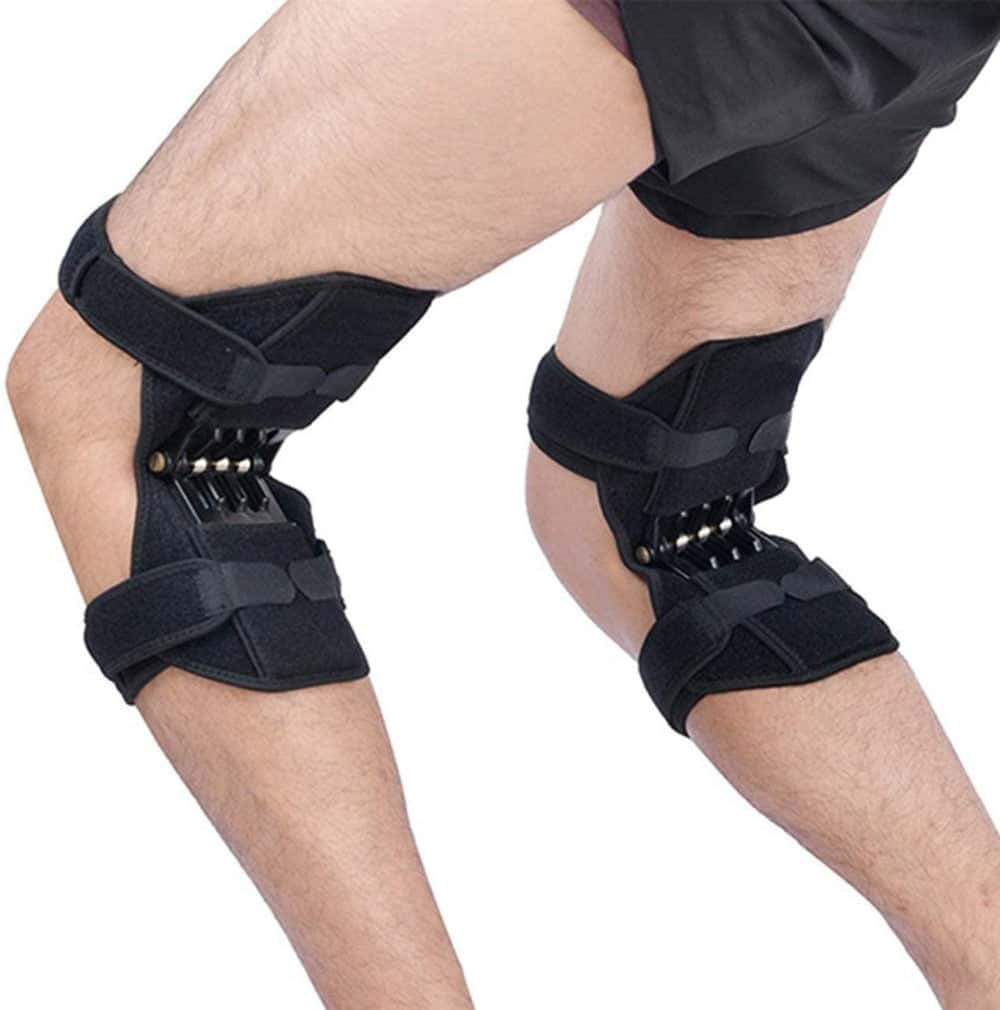

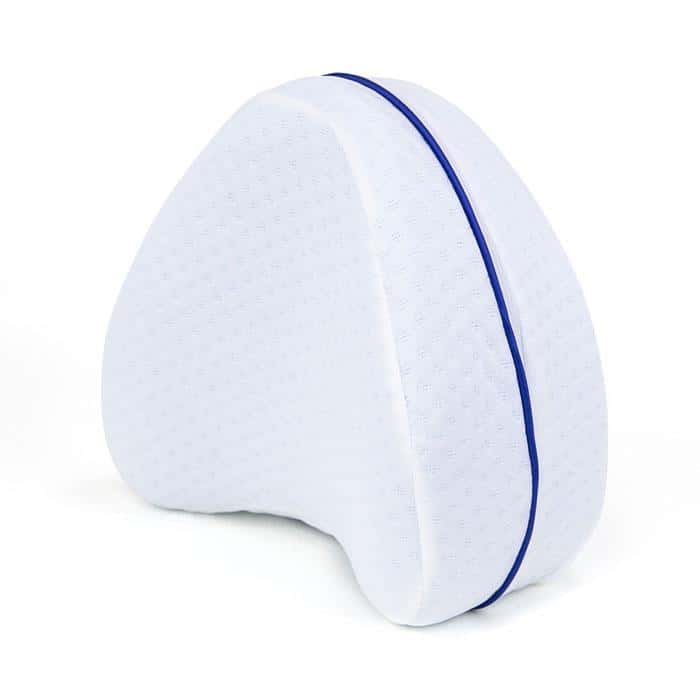
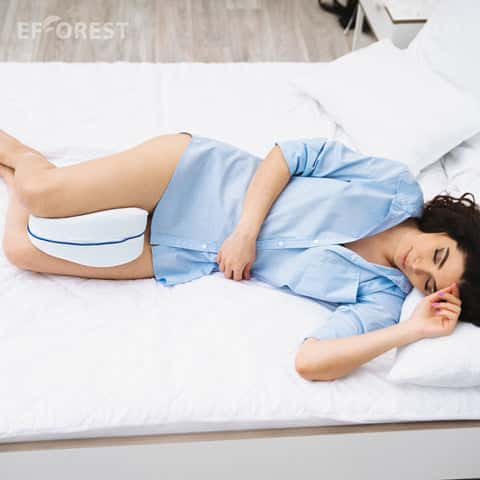
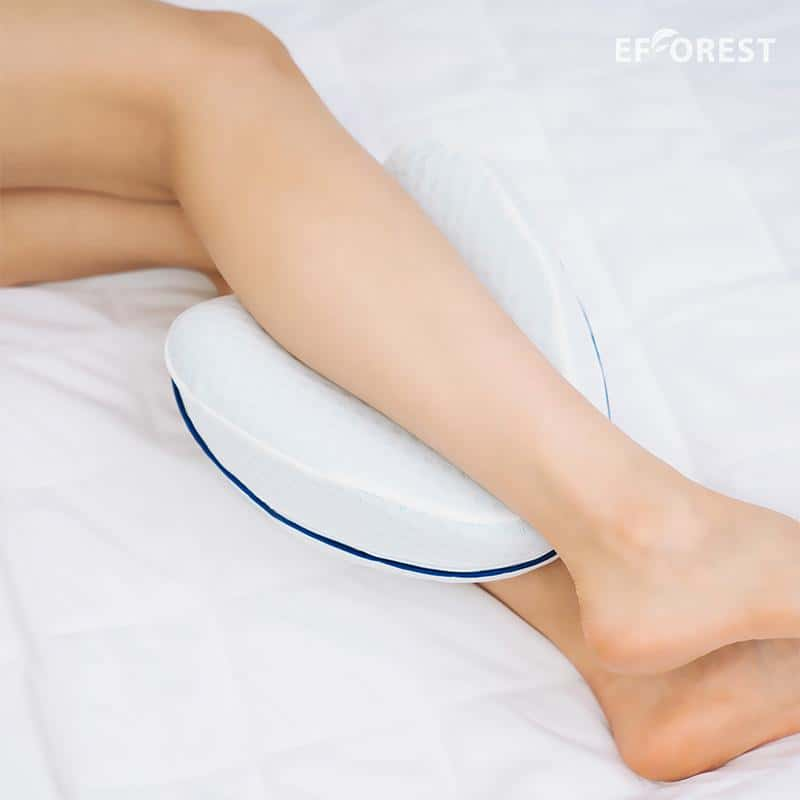
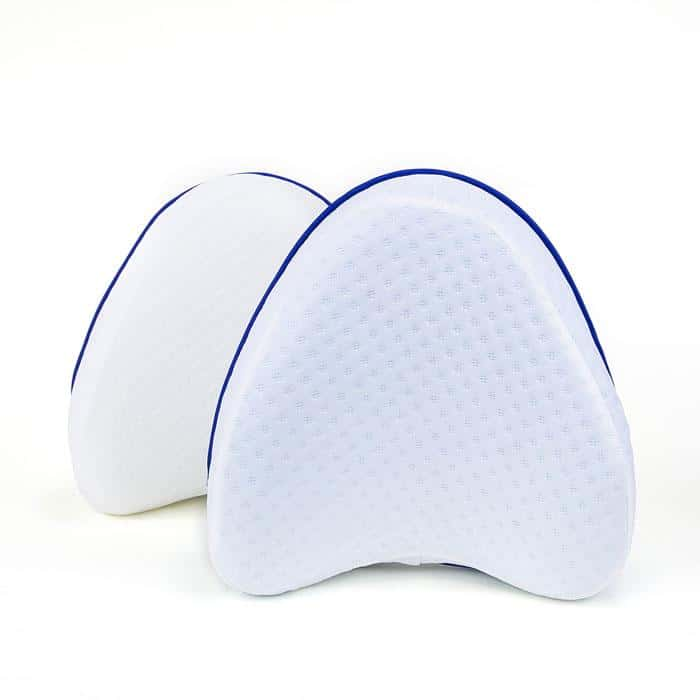
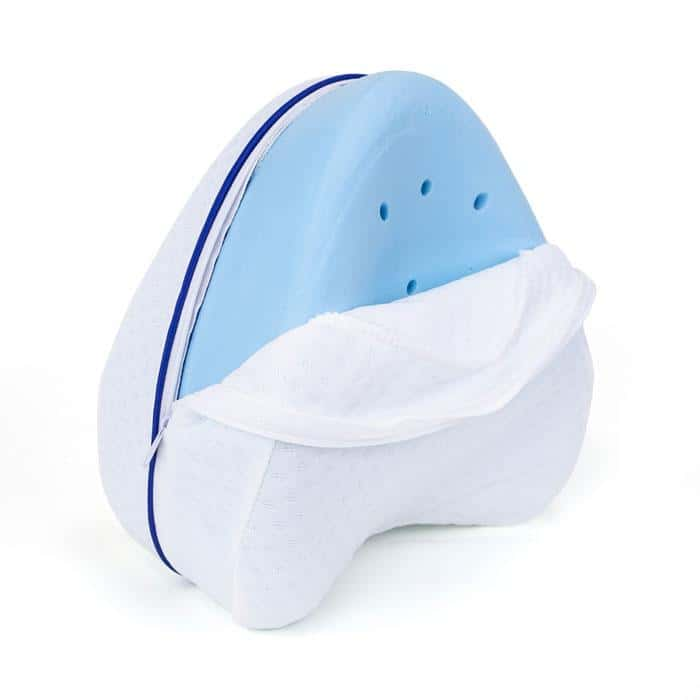
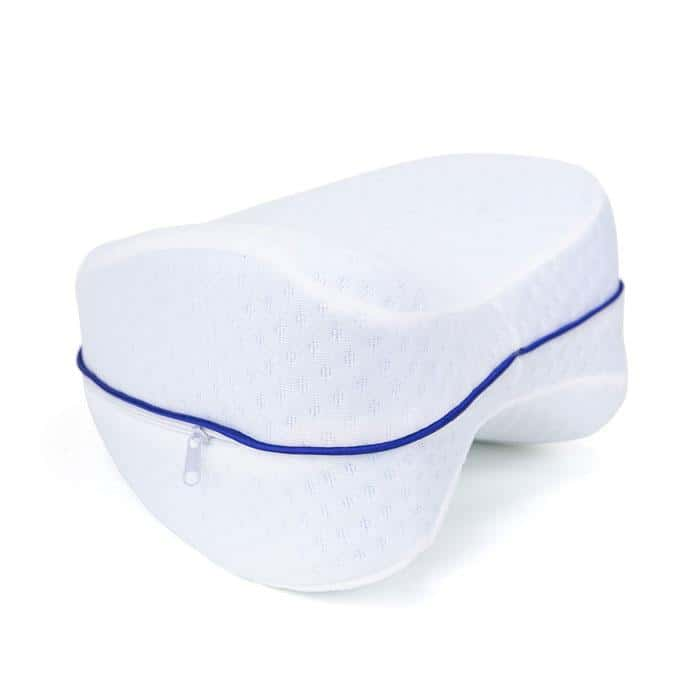
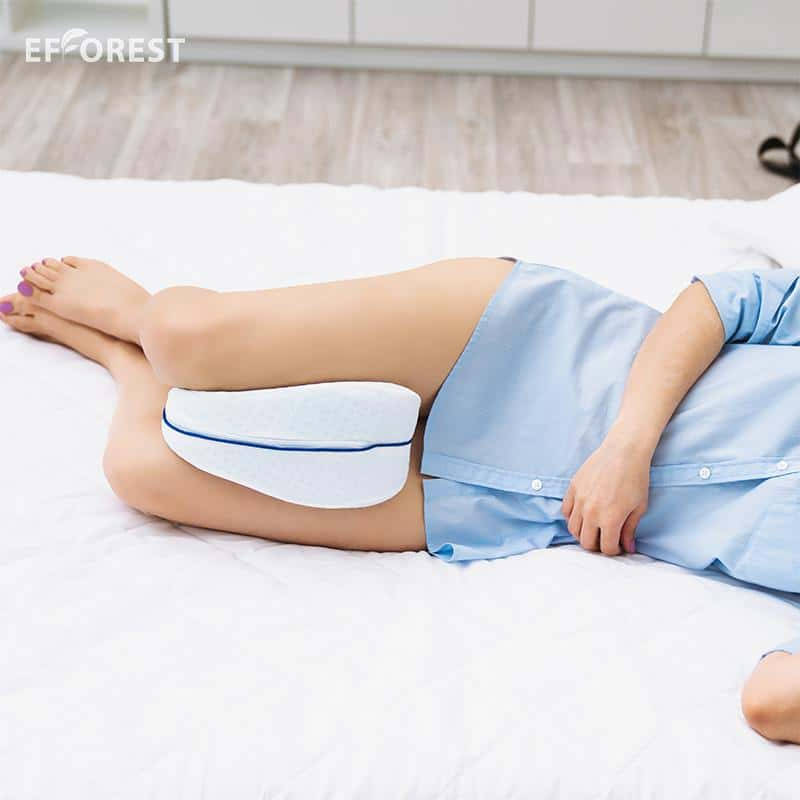
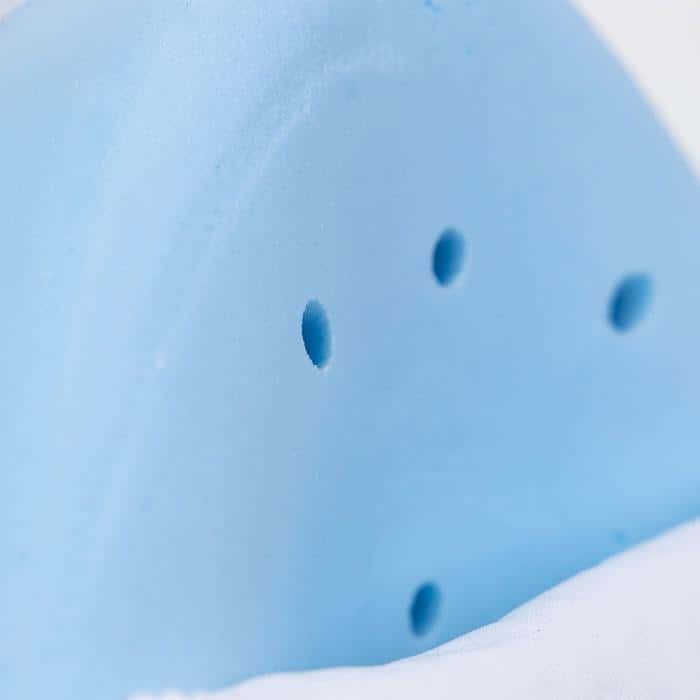
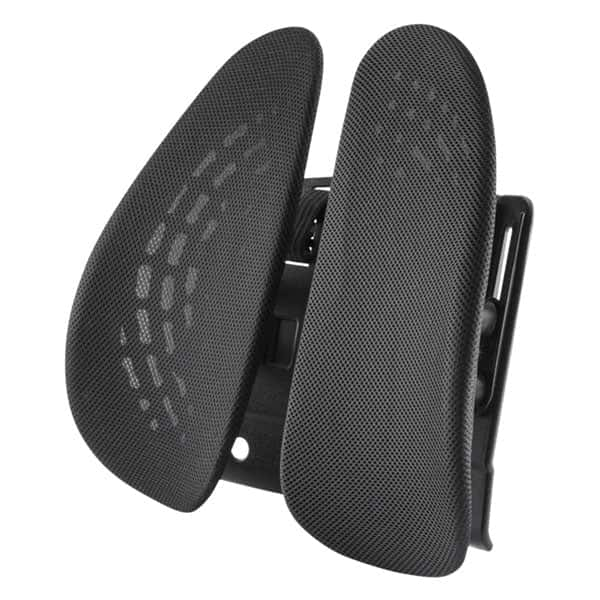
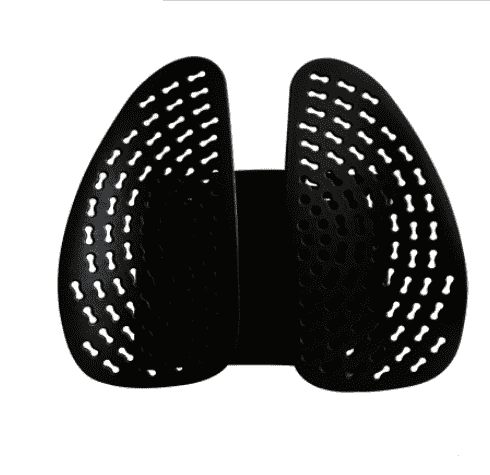
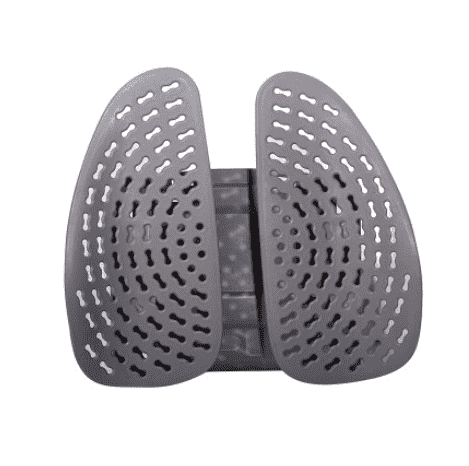
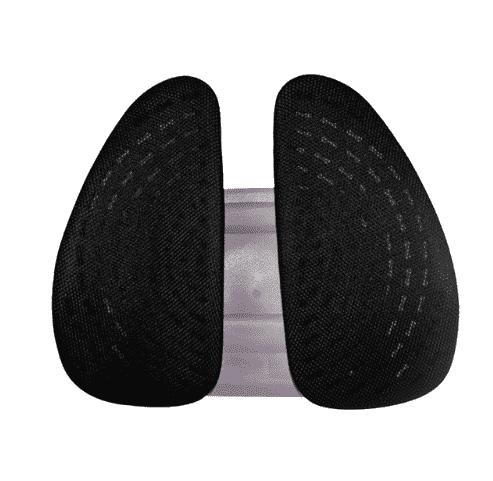




Share and get 15% off!
Simply share this product on one of the following social networks and you will unlock 15% off!